
Sir Creek issue
The Sir Creek dispute is a long-standing territorial and maritime boundary conflict between India and

The Sir Creek dispute is a long-standing territorial and maritime boundary conflict between India and

Operation Vijay (1961) was a significant military action undertaken by India to liberate Goa, Daman,

The Kargil War of 1999, fought between India and Pakistan, was one of the most

The Bangladesh Liberation War of 1971 was a defining moment in South Asian history, leading

Operation Searchlight was a brutal military campaign launched by the Pakistan Army on March 25,

A Role for India in South-South Climate Cooperation South-South Climate Cooperation (SSCC) has emerged as

Addressing the Growing Threat of Forest Fires Forest fires have emerged as a significant environmental

Introduction India’s immigration laws have long required modernization to address contemporary challenges, including border security,

Introduction The Paris AI Action Summit is a landmark global event dedicated to the governance,

Introduction In the modern era of knowledge-driven economies, the assessment of a nation’s progress cannot

Brucellosis is a zoonotic bacterial infection caused by the Brucella genus.

Mount Taranaki, also known as Mount Egmont, is an iconic stratovolcano located in the Taranaki

The Pilgrimage Rejuvenation and Spiritual Heritage Augmentation Drive (PRASHAD) is a flagship initiative of the

In September 2024, researchers unveiled a new species of water flea named Bryospilus bharaticus.

Exercise Ekuverin is a bilateral military exercise conducted between India and the Maldives.
Santorini, an iconic Greek island in the Aegean Sea, is known for its stunning landscapes,

The Iskander-M is a cutting-edge short-range ballistic missile system developed by Russia. It plays a

Ranikhet Disease, also known as Newcastle Disease (ND), is a highly contagious viral infection affecting

Fort William, located in Kolkata (formerly Calcutta), is one of the most significant British-era fortifications

The Stryker Infantry Combat Vehicle (ICV) is a family of eight-wheeled armored vehicles used primarily

Rhododendron wattii is a rare and endangered species of rhododendron found in India, particularly in

The GREAT Scheme (Global Research Alliance in Emerging Technologies) is an initiative launched by the

Dibru Saikhowa National Park, located in the Tinsukia district of Assam, is one of the

Jevons Paradox is a crucial concept in economics, environmental studies, and resource management. It explains

The Pong Dam Lake Wildlife Sanctuary, also known as Maharana Pratap Sagar, is a significant

The Navigation with Indian Constellation (NavIC) is India’s independent satellite-based navigation system developed by the

The Pinaka Multiple Rocket Launch System (MRLS) is an indigenously developed artillery system that enhances

The Kanjar Tribe is one of the many nomadic and semi-nomadic communities of India, with

The International Criminal Court (ICC) is a permanent international tribunal established to prosecute individuals for

Grameen Credit Score is an innovative financial concept aimed at enhancing rural credit access by

South Georgia Island, a remote and rugged British Overseas Territory in the South Atlantic Ocean,

The Economic Survey 2024-25 – I provides an in-depth assessment of India’s economic trajectory, emphasizing

The Economic Survey 2024-25 – II serves as a vital policy document providing an in-depth

The Economic Survey 2024-25 serves as a crucial policy document that outlines India’s economic performance

The Union Budget 2025-26 marks a critical juncture in India’s economic journey, balancing the twin

The Union Budget is one of the most anticipated financial statements in India, shaping the

The Union Budget 2025-26, presented by the Finance Minister, outlines India’s economic roadmap for the

The Union Budget for the fiscal year 2025-26, presented by Finance Minister Nirmala Sitharaman on

As India strives toward becoming a Viksit Bharat (Developed India) by 2047, the Union Budget

Every year, the Union Budget of India becomes a topic of significant interest and debate.

A national budget serves as a blueprint for a country’s economic policies, reflecting its aspirations

India and the United States share a multifaceted relationship based on strategic, economic, and diplomatic

The administration of former U.S. President Donald Trump was marked by a strong emphasis on

The world of chess has evolved significantly over the years, not just in terms of

The Reserve Bank of India (RBI) has been at the forefront of promoting digital payments

Every year, on February 2nd, World Wetlands Day is celebrated globally to raise awareness about

VSHORADS is an essential component of modern air defense, offering rapid and effective protection against

The Indian Railways has recently introduced the SwaRail SuperApp, a unified platform designed to consolidate

Deepor Beel, located in Assam, is one of the most important freshwater lakes in India

Small Modular Reactors (SMRs) are a new generation of nuclear reactors that offer enhanced safety,

Henipavirus is an emerging zoonotic virus belonging to the Paramyxoviridae family.

Iran’s missile program has been a focal point of international attention, influencing geopolitical dynamics in

Pradhan Mantri Shram Yogi Maandhan (PM-SYM) is a government-backed pension scheme launched in 2019 to

The United States Agency for International Development (USAID) plays a pivotal role in global development,

The discovery of asteroid 2024 YR4 has sparked global attention due to its potential risk

The shipping industry is a critical component of India’s economy, facilitating trade, employment, and strategic

The vision of ‘Viksit Bharat’ (Developed India) by 2047 is a transformative goal that requires
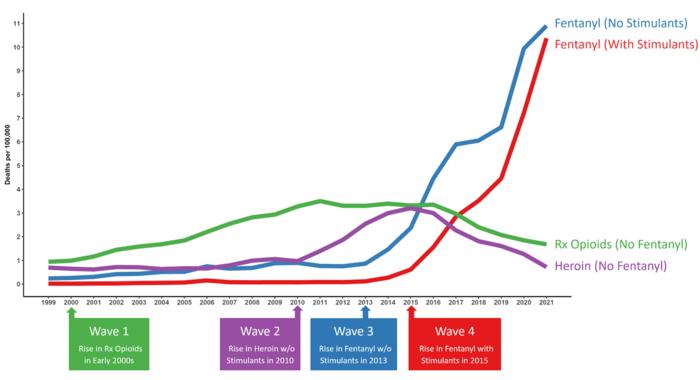
The United States is facing a severe opioid crisis, with fentanyl emerging as one of

In recent years, India has taken significant strides toward achieving energy security and reducing its
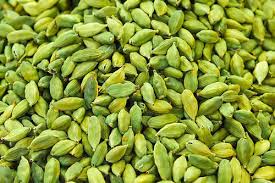
Green cardamom (Elettaria cardamomum), often referred to as the “Queen of Spices,” is a highly
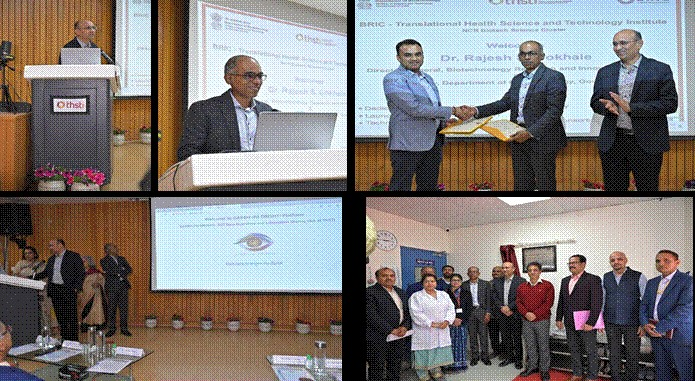
Maternal and child health is a critical area of focus in public health, especially in

Cotton is one of the most important commercial crops in India, contributing significantly to the

The Black Kite (Milvus migrans) is a medium-sized bird of prey found across India, Asia,
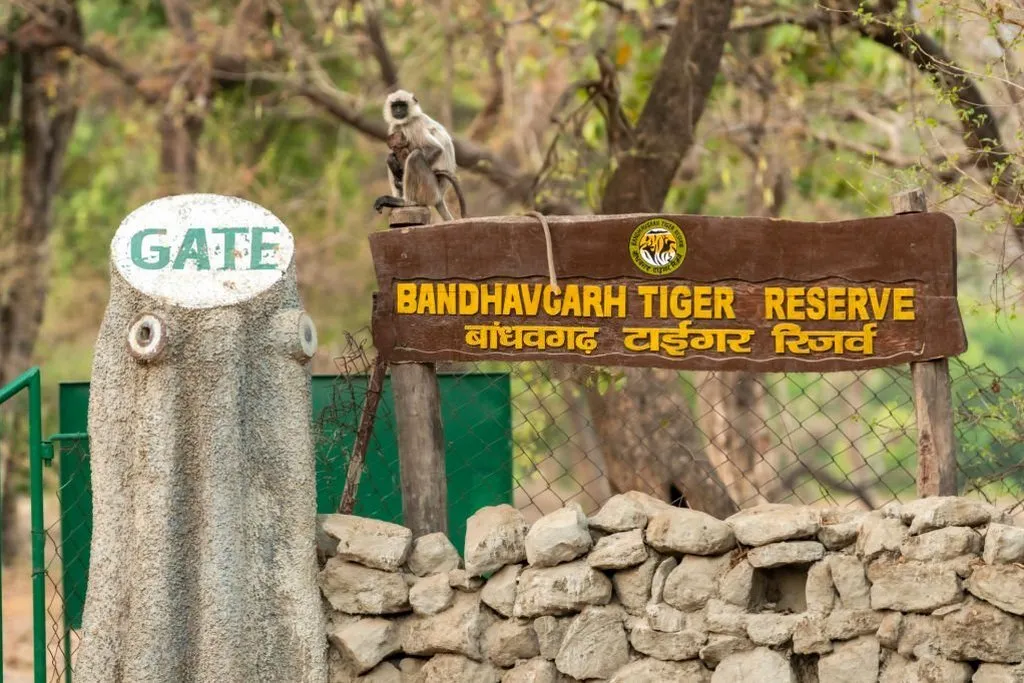
The Bandhavgarh Tiger Reserve, located in Madhya Pradesh, India, is one of the most well-known

The World Health Organization (WHO) is a specialized agency of the United Nations (UN) responsible

Kolleru Lake, one of the largest freshwater lakes in India, is a vital ecological and

The Gyan Bharatam Mission is a significant initiative launched by the Government of India, focusing

Cigarette smoking has been a major public health concern globally, leading to numerous diseases, including
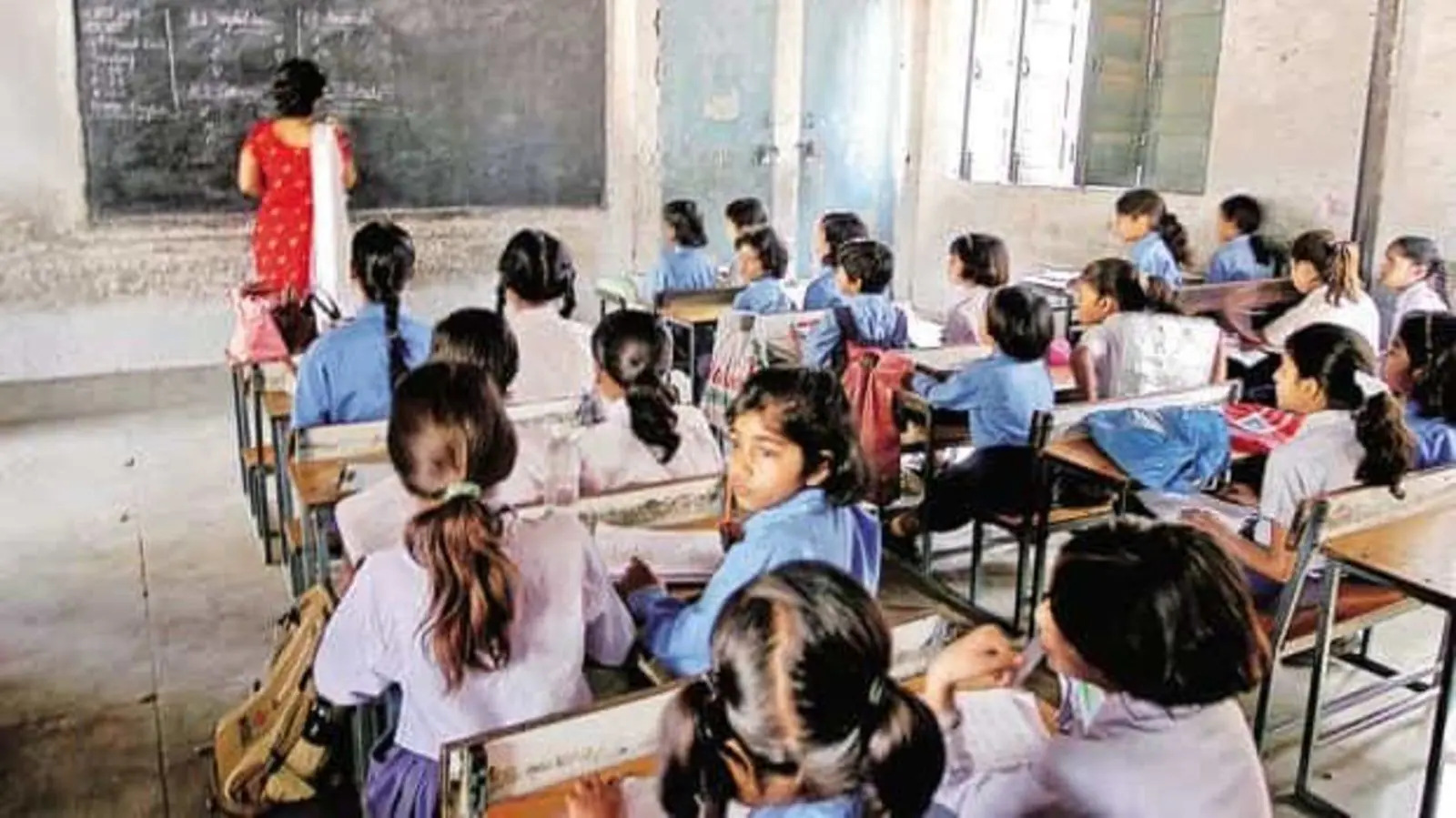
India’s education system is one of the largest and most complex in the world, catering

The global order, characterized by multilateralism, strategic partnerships, and diplomatic norms, has been undergoing significant
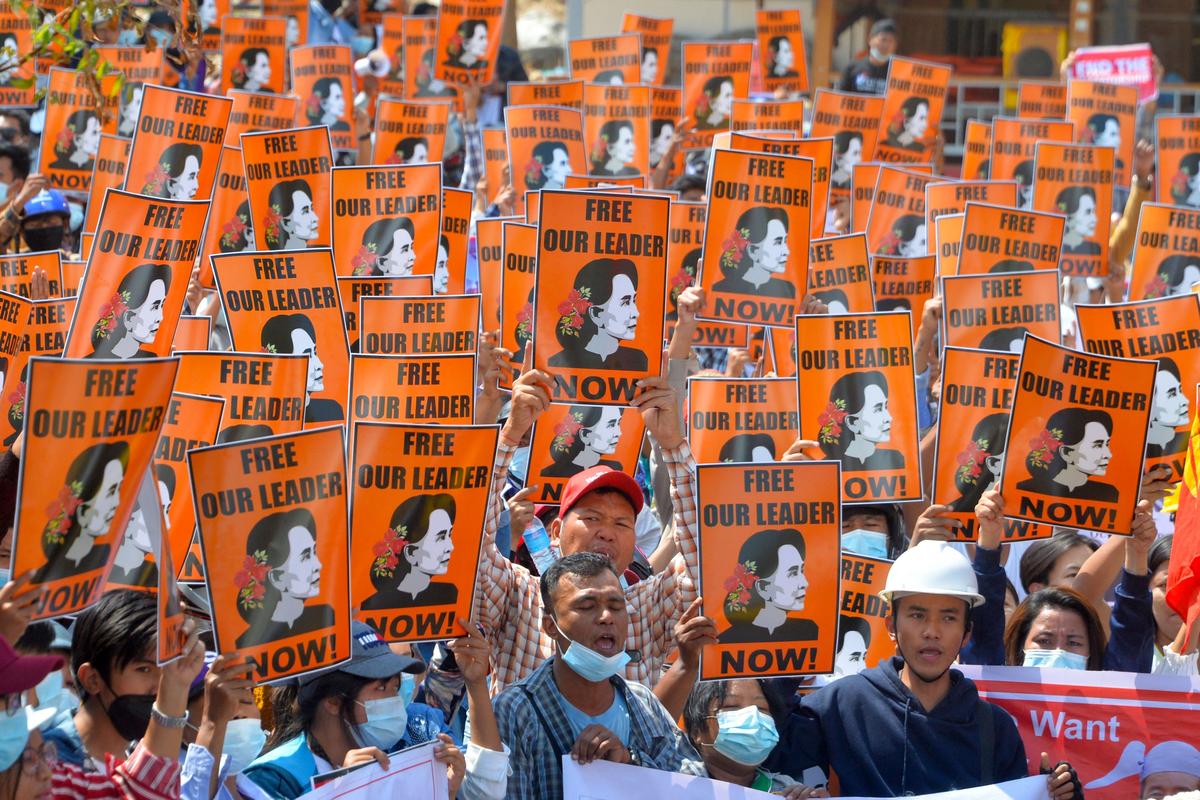
In February 2021, Myanmar’s military, known as the Tatmadaw, seized power from the democratically elected

Human African Trypanosomiasis (HAT), commonly known as sleeping sickness, is a parasitic disease caused by
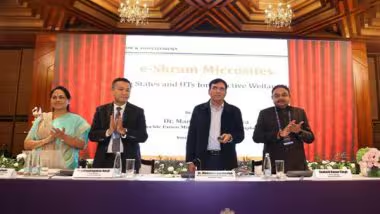
The e-Shram Microsite and Occupational Shortage Index (OSI) are crucial initiatives aimed at improving labor

Cannabis, a plant with medicinal, industrial, and recreational uses, has been cultivated for centuries.

The Household Consumption Expenditure Survey (HCES) is a vital statistical exercise that provides insights into

Guantánamo Bay is one of the most controversial military detention facilities in the world.

The Enforcement Case Information Report (ECIR) is an essential document in financial investigations in India,

Point Nemo is one of the most intriguing and unique locations on Earth, both geographically

The Axiom-4 Mission (Ax-4) is part of a series of private crewed missions organized by

A Graphics Processing Unit (GPU), often referred to as a graphics card, is a specialized

Leprosy, also known as Hansen’s Disease, is a chronic infectious disease caused by the bacterium

Crowd disasters, often resulting in mass casualties, are frequently perceived as unavoidable tragedies.

Sri Lanka has long grappled with ethnic tensions, primarily between the Sinhalese majority and the

The Yamuna River, one of India’s most sacred and vital water bodies, is facing a

The Government of India is taking a significant step towards technological self-reliance by developing an

The Mahakumbh Mela, one of the largest religious gatherings in the world, attracts millions of

The Supreme Court of India plays a pivotal role in ensuring justice and maintaining the

The United States has long been regarded as a land of opportunity, attracting millions of

India’s foreign policy is intricately tied to its economic interests, national security, and global aspirations.

India’s social fabric is diverse, with a myriad of communities that have contributed to its

The Annual Status of Education Report (ASER) is a comprehensive survey conducted across rural India

The world is currently experiencing a technological revolution, where Artificial Intelligence (AI) has become a

In the ever-evolving landscape of global trade, one of the most critical factors for promoting

Wetlands are among the most productive ecosystems on the planet, offering vital ecological services that

Namdapha Tiger Reserve is one of the most ecologically rich and biologically diverse protected areas

Etikoppaka Toys are traditional handcrafted wooden toys that have gained significant recognition as part of

Etikoppaka Toys are traditional handcrafted wooden toys that have gained significant recognition as part of

The exoplanet WASP-127b is one of the most intriguing and extensively studied planets outside our

The Surajpur Wetland is an ecologically significant wetland located in Surajpur district, near Greater Noida,

Nagoba Jatara is an important and unique tribal festival celebrated by the Gond and other

The Baltic Sea, one of the largest bodies of water in Europe, holds immense geographical,

Agriculture forms the backbone of India’s economy, providing livelihood to a significant portion of the

The Union Budget of India is a crucial document presented annually by the Finance Minister

The UPSC Civil Services Examination (CSE) is no less than a battle. Every year, lakhs

India and China, two of the world’s oldest civilizations and largest economies, share a complex

The Uniform Civil Code (UCC) refers to a set of personal laws that apply uniformly

The Artificial Intelligence (AI) Action Summit is scheduled to take place in Paris on February

An Ombudsman is an independent authority appointed to address grievances related to banking and financial

The Inland Waterways Authority of India (IWAI) plays a pivotal role in the development, regulation,

Epicoccum indicum is a species of fungus that belongs to the family Trichocomaceae.
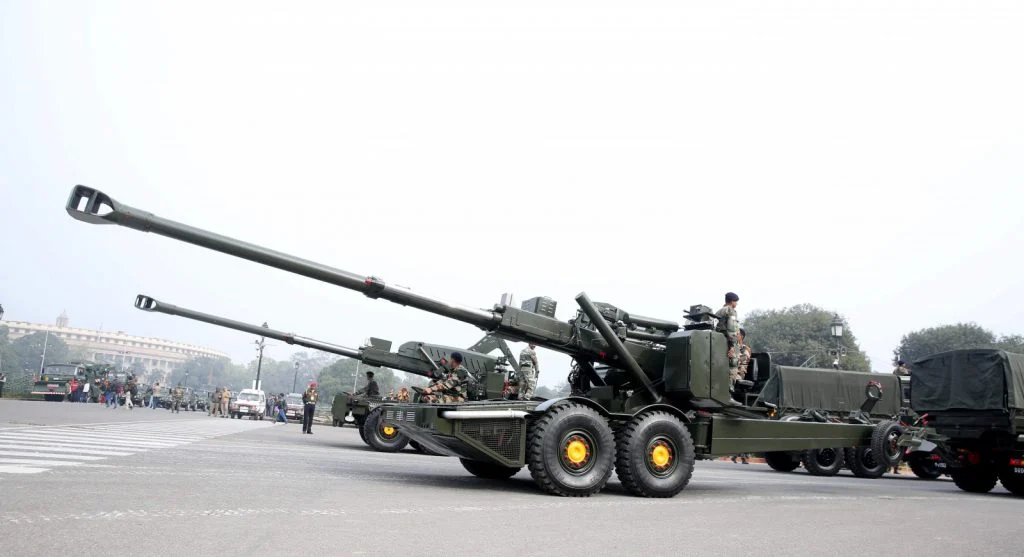
The Advanced Towed Artillery Gun System (ATAGS) is a 155mm calibre towed artillery system designed

The White-Naped Tit (Parus nuchalis) is a fascinating bird species found primarily in the Indian

The Unified Pension Scheme (UPS) is a significant development in India’s pension system, aimed at

The Corpse Flower (Amorphophallus titanum) is one of the most fascinating and rare flowers in

Chronic Pulmonary Aspergillosis (CPA) is a long-term fungal infection of the lungs caused by Aspergillus

The Whip System is a crucial aspect of parliamentary democracy, ensuring discipline among legislators and

The Whip System is an essential component of parliamentary democracy, ensuring party discipline and smooth

The Indo-Pacific is a geopolitical region that spans the Indian Ocean and the Pacific Ocean,

The Indo-Pacific is a geopolitical region that spans the Indian Ocean and the Pacific Ocean,

Genocide is one of the most heinous crimes against humanity, involving the systematic extermination of

The issue of Governors being Chancellors of State Universities is an ongoing and contentious debate

KaWaCHaM, short for Karnataka Water Conservation and Management, is a flagship initiative aimed at addressing

Rhodamine B is a synthetic dye primarily used in the textile, food, and pharmaceutical industries.

Lake Victoria is the largest lake in Africa and the world’s second-largest freshwater lake by

The Eurodrone Programme, officially known as the European Medium-Altitude Long-Endurance (MALE) Remotely Piloted Aircraft System

The Subhash Chandra Bose Aapda Prabandhan Puraskar is a prestigious national award instituted by the

The Typhon Missile System is a cutting-edge, integrated air and missile defense system being developed

Mauritius, a small island nation in the Indian Ocean, is often referred to as the

The Dhanauri Wetland, located in Uttar Pradesh, is an ecologically significant site known for its

Guillain-Barré Syndrome (GBS) is a rare neurological disorder in which the body’s immune system attacks

The Indian Partnership Act, 1932 is a key legislation governing partnerships in India.

Stargardt Disease, also known as Stargardt Macular Dystrophy, is a genetic eye disorder that affects

Forever chemicals, scientifically known as per- and polyfluoroalkyl substances (PFAS), are a group of synthetic

The spotted hyena (Crocuta crocuta), also known as the laughing hyena, is a fascinating and

National Voters’ Day is celebrated annually in India on January 25th, marking the foundation day

The Mannan community is one of India’s significant tribal groups, predominantly residing in Kerala, particularly

The Sukanya Samriddhi Yojana (SSY) is a government-backed savings scheme launched by the Government of

The Chinar tree (Platanus orientalis), often referred to as the “tree of life,” holds a

The Chandra X-ray Observatory, launched by NASA in 1999, is one of the most significant

The Airport Economic Regulatory Authority (AERA) plays a pivotal role in regulating the economic aspects

Tuberculosis (TB) remains one of India’s most significant public health challenges.

The Election Commission of India (ECI) stands as one of the most significant pillars of

Immigration policies have a profound impact on economies, societies, and international relations.

India and Indonesia share a unique and multifaceted relationship shaped by historical, cultural, economic, and

During Donald Trump’s presidency (2017–2021), trade policies, particularly tariffs, became a central aspect of his

The appointment of retired High Court judges on an ad hoc basis is a significant

The Asan Conservation Reserve (ACR) is a significant ecological site located in the Dehradun district

The Vaigai River, one of the most significant rivers in Southern India, flows through the

India’s defense capabilities have seen significant advancements in recent years, with the indigenous development of

Aviation has long been a crucial element of geopolitics, linking nations, economies, and militaries.

The 21st century has witnessed a global race to secure critical minerals—essential components for advanced

The farmers’ agitation in Punjab and across India, which began in late 2020, has become

Crosspathy, the practice of integrating treatment methods from two or more distinct medical systems, is

India’s maritime sector is a critical component of the nation’s economic framework, facilitating over 90%

The scramjet engine is one of the most significant advancements in aerospace propulsion technology, representing

Antivenom, also known as antivenin or antitoxin, plays a crucial role in modern healthcare, particularly

The oyster, a marine mollusk known for its edible flesh and pearl production, plays a

Mount McKinley, now officially known as Denali, is the highest peak in North America, located

Ratnagiri, located in the coastal Konkan region of Maharashtra, India, is an ancient and historically

The National Mineral Development Corporation (NMDC) is a critical player in India’s mineral sector.

The U.S.-India nuclear deal, formally known as the Civil Nuclear Agreement, marked a transformative milestone

The prospect of Donald Trump’s second term as President of the United States was viewed

The prospect of a second term for Donald Trump as President of the United States

The United States’ decision to withdraw from the World Health Organization (WHO) in July 2020

The concept of birthright citizenship has been a cornerstone of the U.S. immigration framework.

The Indus Waters Treaty (IWT), signed in 1960 between India and Pakistan, is one of

Exercise LA PEROUSE is a biennial multilateral maritime exercise initiated by the French Navy to

In the ever-evolving digital age, internet governance has become a crucial area of global policy,
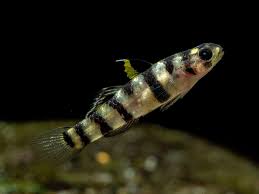
In the study of biodiversity and marine biology, two fascinating species of gobies, Hemigobius hoevenii

The Indian Sustainable Natural Rubber (iSNR) Platform is a framework designed to promote the production
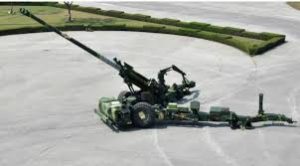
The Trajan Gun, though not widely recognized by many in popular discussions on historical weaponry,
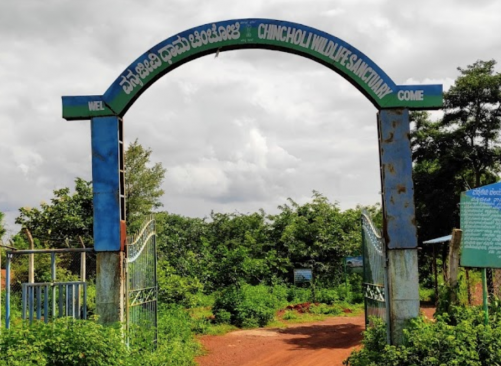
The Chincholi Wildlife Sanctuary is a lesser-known yet significant wildlife sanctuary located in the state

The SCOT Mission is a term that has recently gained traction in various academic and

In the modern world, where the need for holistic understanding of complex concepts is paramount,

The relationship between the University Grants Commission (UGC) regulations and state university laws represents an

The World Economic Forum (WEF) is a global platform that brings together leaders from governments,

The National Disaster Response Force (NDRF) is India’s specialized disaster response agency, established to provide

The World Employment and Social Outlook (WESO) is an annual flagship report published by the

The Indian Grey Wolf (Canis lupus pallipes), a subspecies of the Grey Wolf, is a

The Great Barrier Reef (GBR) is the world’s largest coral reef system, located off the

The Krishna River, one of the most significant rivers in peninsular India, holds immense cultural,

Lake Naivasha is one of the most prominent freshwater lakes in the Rift Valley of

The National Turmeric Board (NTB) is an important institution dedicated to the promotion and development

The term Sada has varied meanings in different cultural, linguistic, and geographical contexts.

The Falcated Duck (Mareca falcata) is a fascinating species of duck that is native to

The Purulia Observatory, located in Purulia district in West Bengal, is an important astronomical research

The Telecom Technology Development Fund (TTDF) is a significant initiative launched by the Indian government

Located in the serene and scenic region of Himachal Pradesh, India, Shikari Devi Wildlife Sanctuary

Zombie Deer Disease, also known as Chronic Wasting Disease (CWD), is a prion-based disease that
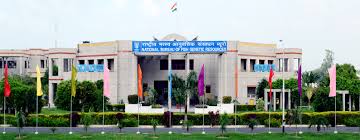
The National Bureau of Fish Genetic Resources (NBFGR), an integral research institute under the Indian

The Bhargavastra is a significant weapon from Indian mythology, particularly known from the ancient scriptures

The Pavana River, an important river in Maharashtra, plays a crucial role in the state’s

The Nag Mk 2 Missile, developed by the Defence Research and Development Organisation (DRDO) of
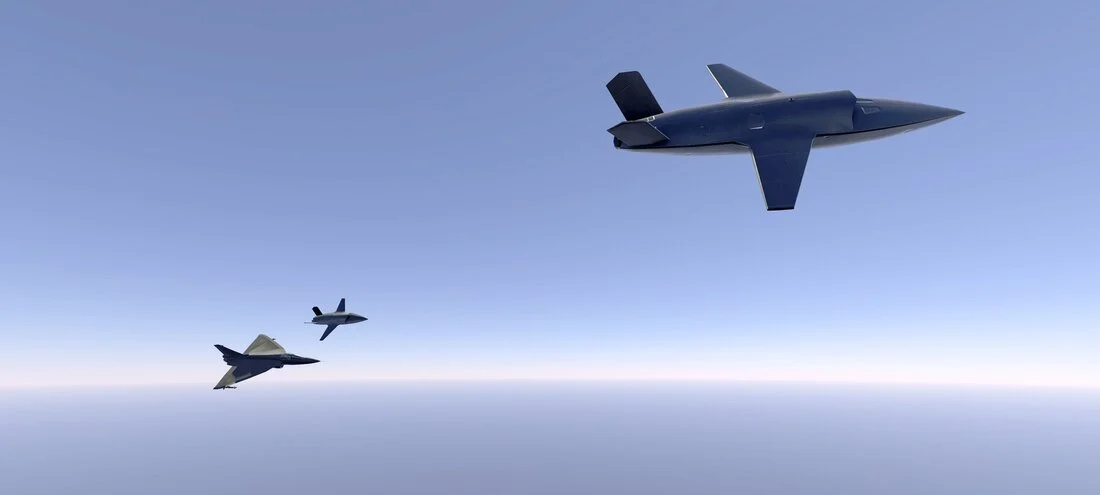
As the world shifts toward advanced defense technologies, India is progressively enhancing its defense capabilities

India, home to the world’s largest population of tigers, has made significant strides in tiger

India, as a growing global economic powerhouse, is increasingly focused on advancing its sustainability and

Makaravilakku is one of the most significant religious and cultural festivals celebrated in the southern

Diego Garcia, a small island located in the central Indian Ocean, is part of the

Mission Mausam is an ambitious initiative launched by the Government of India to foster deeper

Small Language Models (SLMs) are a category of natural language processing (NLP) models that are

The Israel-Hamas conflict has been one of the longest-running and most complex geopolitical struggles of

The India-Bangladesh border spans approximately 4,096 kilometers, making it India’s longest international boundary.

India, with its vast geographical diversity, is highly vulnerable to natural catastrophes.

The India Meteorological Department (IMD), established in 1875, celebrated its 150th anniversary in 2025.

The H-1B visa has long been a critical pillar of India’s economic engagement with the

India’s agricultural sector is the backbone of its economy, contributing significantly to GDP and ensuring

Forest-dwelling communities have lived in harmony with nature for centuries, relying on forests for their

The Z-Morh Tunnel, recently inaugurated by the Prime Minister, marks a significant milestone in India’s

Elephants have long been revered in Indian culture, symbolizing strength, wisdom, and prosperity.

The concept of masculinity has long been shrouded in stereotypes and expectations, often limiting men

The All India Survey on Higher Education (AISHE) is a significant initiative by the Ministry

The introduction of the Goods and Services Tax (GST) in India on July 1, 2017,

The advent of 5G technology is a defining moment in India’s digital transformation.

The Corruption Perception Index (CPI) is a globally recognized measure of public sector corruption across

Alzheimer’s disease is a progressive neurological disorder that leads to the degeneration and death of

Gold has always held a significant place in India’s economy, culture, and trade dynamics.

India has been one of the fastest-growing economies in the world over the past few
The unveiling of genome data for 10,000 Indians by the Prime Minister marked a historic

The Pravasi Bharatiya Divas (PBD) is an important event that commemorates the contribution of the

Accessibility is a cornerstone of inclusivity and equality.

India, being an agrarian economy, has a significant reliance on agriculture for employment, food security,

India is the world’s largest producer of milk, and its dairy industry plays a pivotal

In an era where urbanization often leads to chaotic lifestyles and unsustainable practices, Gelephu Mindfulness

Pterosaurs, often referred to as “flying reptiles,” were among the most fascinating creatures of the

The Constitution Day of India, observed annually on 26th November, marks the day in 1949

Innovation and entrepreneurship are the backbones of economic growth in the modern world.

Farm fires, particularly in agricultural regions like northern India, are a critical issue that has
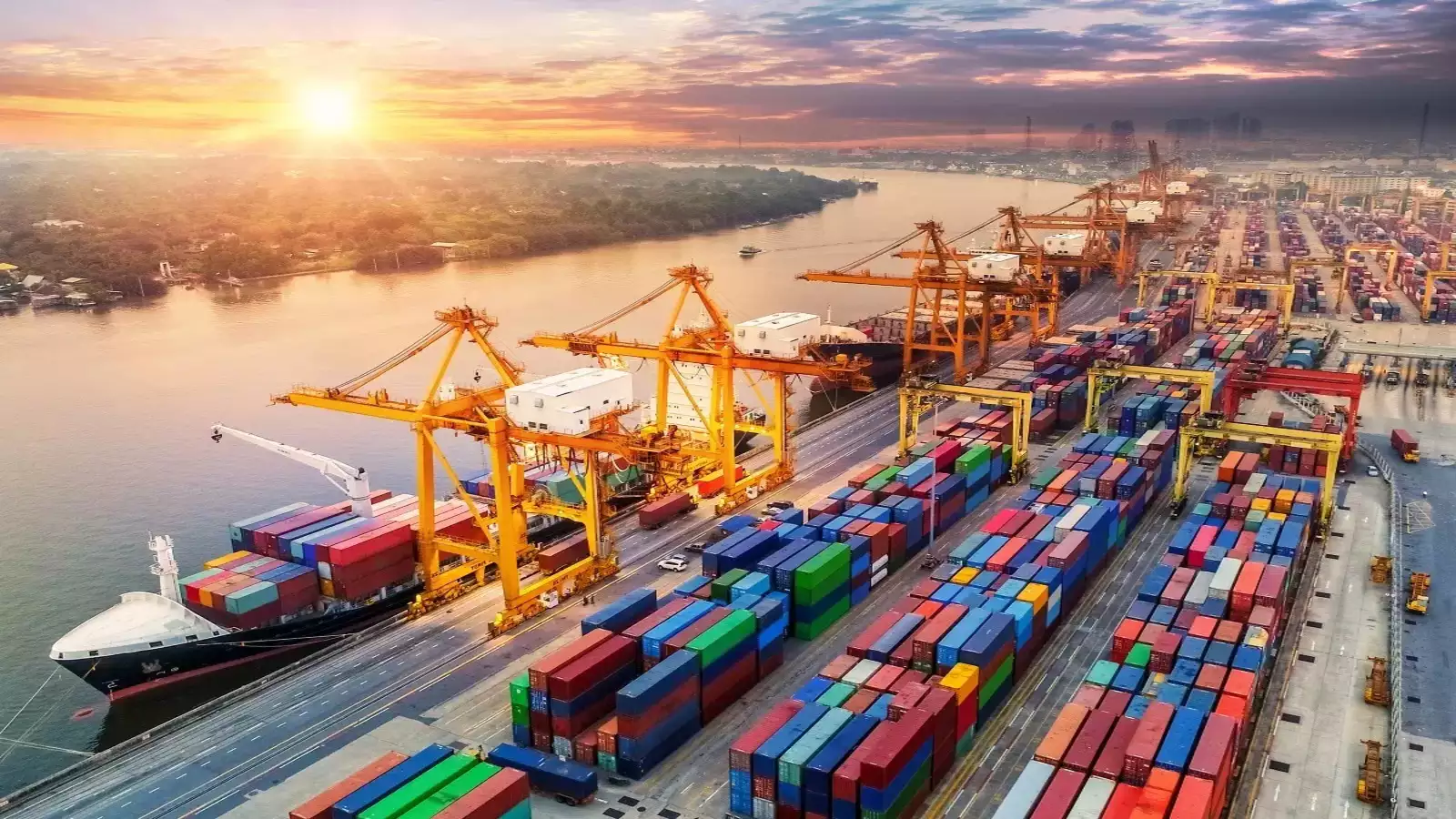
India, like many other nations, has been running a trade deficit for a significant period.

The Preamble to the Indian Constitution has been the subject of numerous interpretations and debates,

The Constituent Assembly was formed in 1946 to draft India’s Constitution, following the end of

In a significant development, 52 villages have alleged violations of the Scheduled Tribes and Other

The death of three tigers from avian influenza (H5N1) has put zoos across the globe
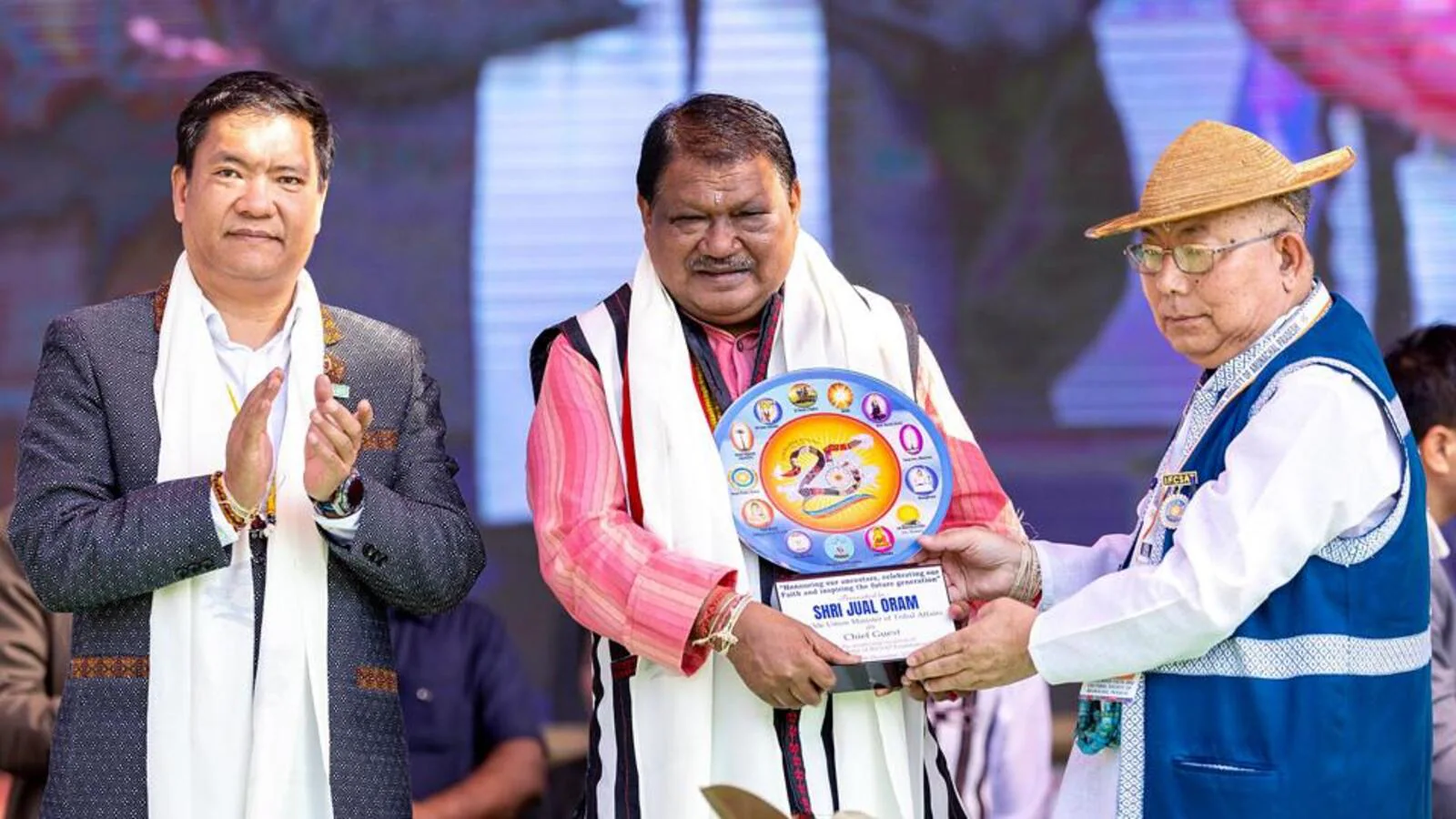
Arunachal Pradesh, known for its cultural diversity and pristine landscapes, recently stirred debate by reviving

Badge engineering, or rebadging, is a practice in the automotive industry where a single car

Migrant workers are the backbone of several economies, yet they remain among the most vulnerable

In recent years, the Indian Space Research Organisation (ISRO) has made groundbreaking strides in several

The Indus Valley script consists of inscriptions found on seals, pottery, tools, and tablets from

The easing of curbs by the United States to facilitate a nuclear deal signifies a

In a remote village in Rajasthan, water gushed out unexpectedly from underground, creating a natural

The collegium system is a mechanism used for the appointment and transfer of judges in

The Gross Domestic Product (GDP) measures the total economic output of a country within a

An earthquake is the sudden shaking of the Earth caused by the release of energy
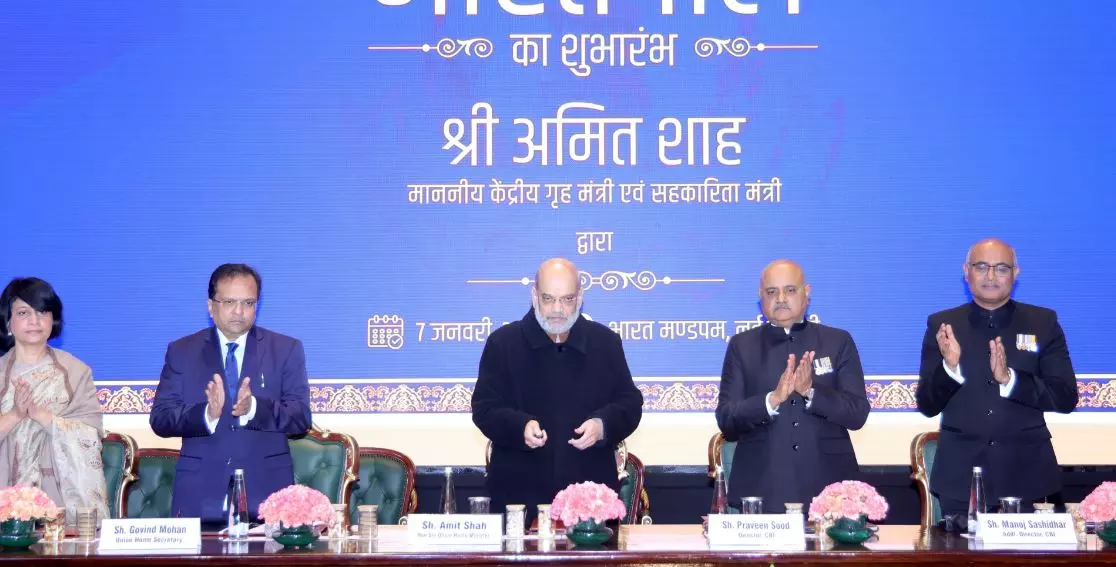
India’s governance and law enforcement systems are continuously evolving to address the challenges of public
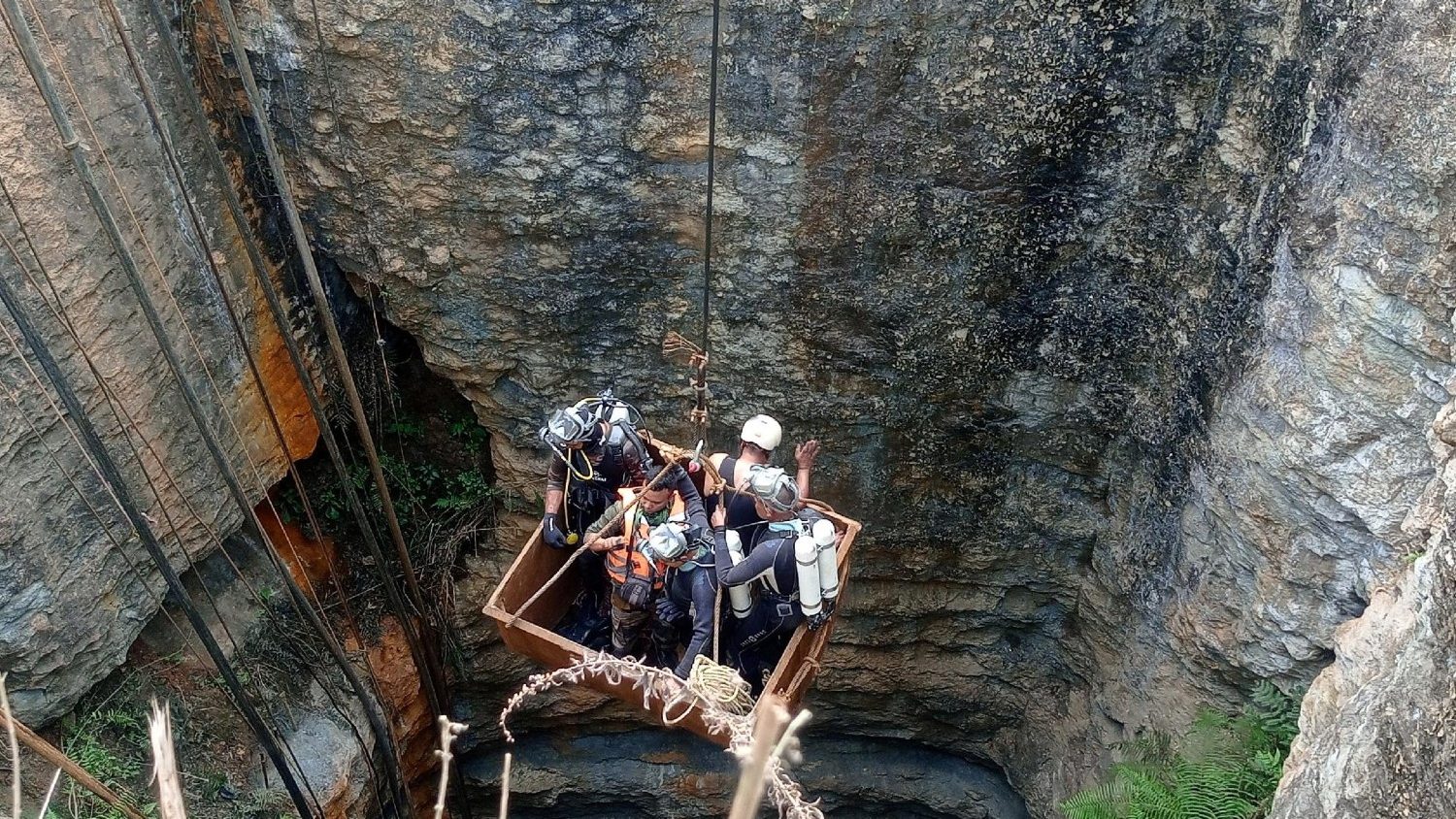
Mining, particularly coal mining, has been a significant contributor to India’s industrial growth and energy

The position of a Vice-Chancellor (VC) is one of immense responsibility and influence in the

Redistribution of wealth refers to policies and mechanisms designed to transfer wealth from richer sections
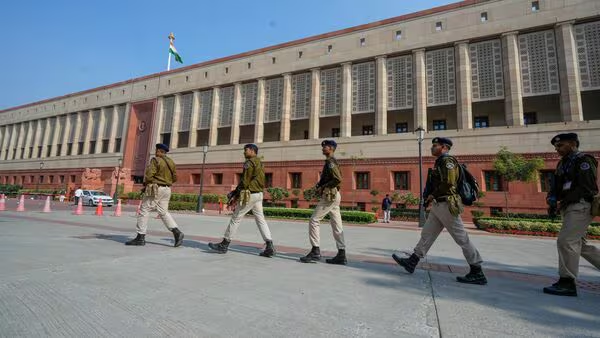
The CISF is a Central Armed Police Force (CAPF) under the Ministry of Home Affairs,

Covishield is a viral vector vaccine developed by AstraZeneca in collaboration with Oxford University.
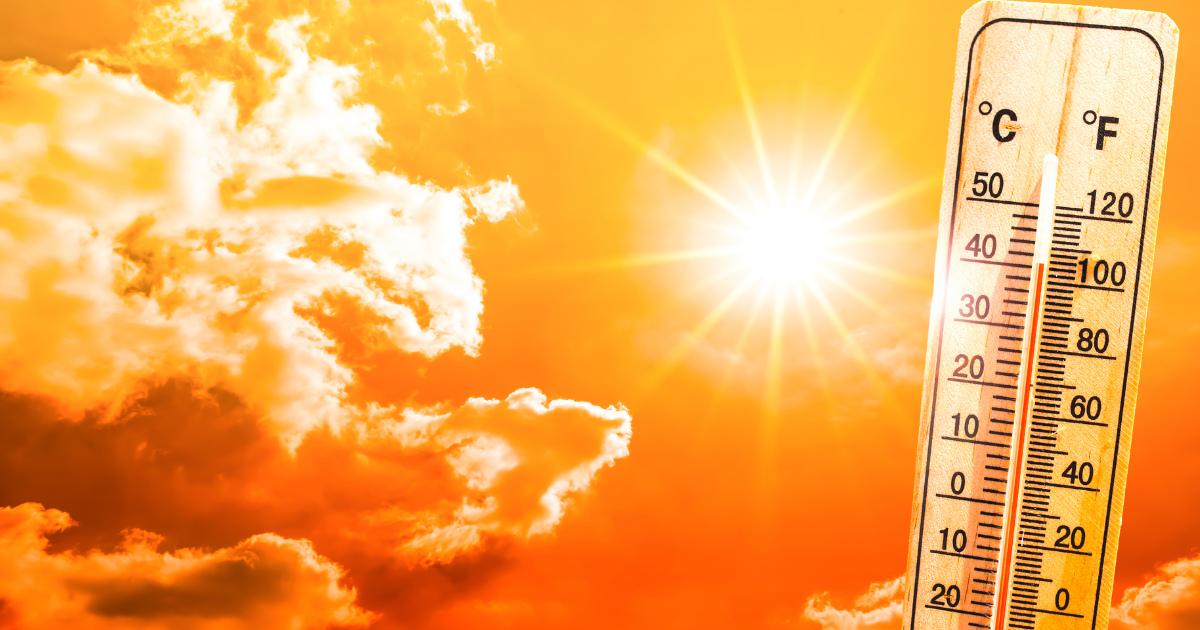
Climate change is not just an environmental issue but a socio-economic challenge affecting livelihoods, employment,

Fundamental Rights (Part III of the Constitution) ensure individual liberty, while DPSPs (Part IV) aim
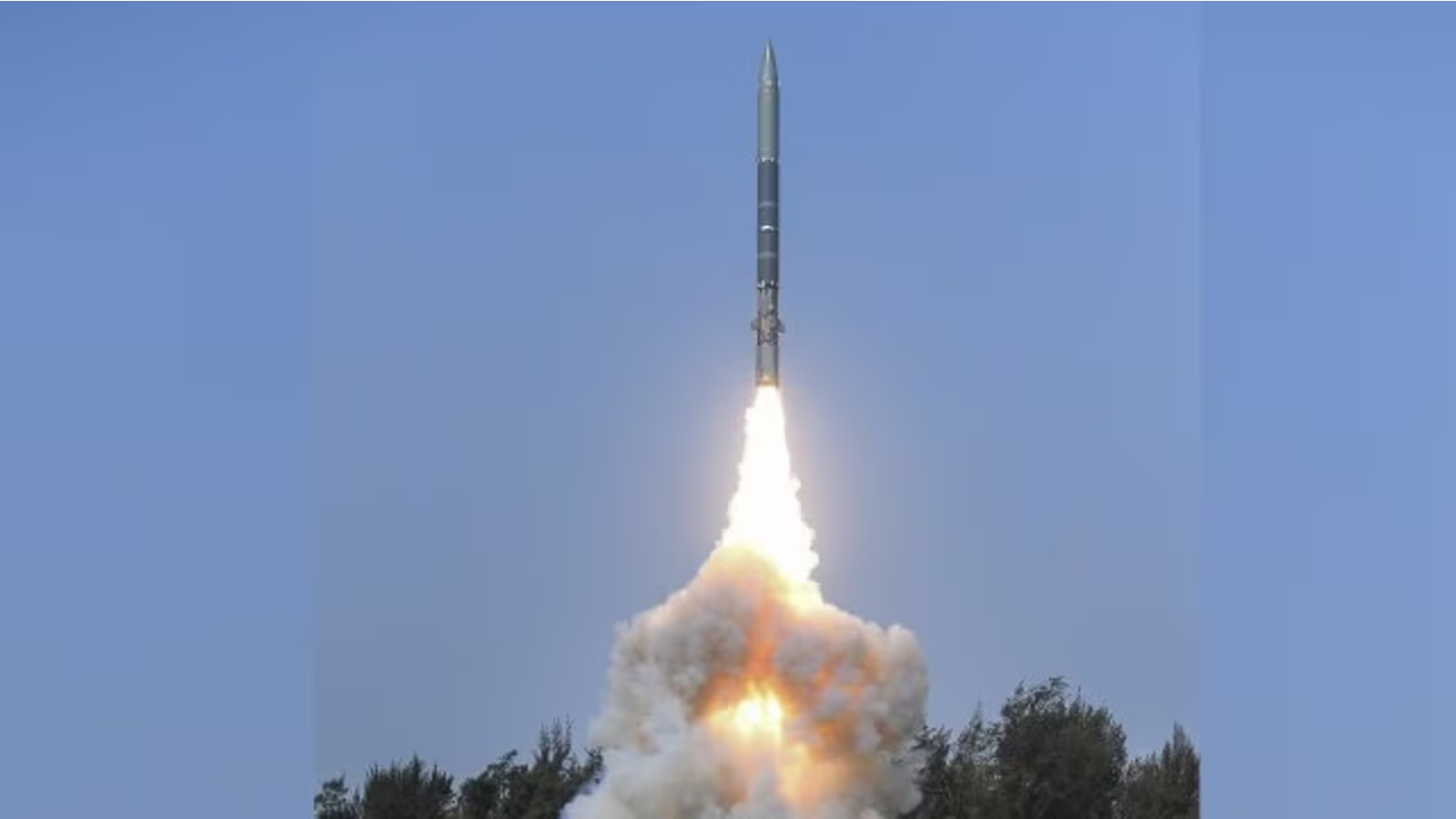
The MAT Release System is a hybrid defense technology combining the speed of missile systems

The Federal Reserve, commonly referred to as the Fed, is the central banking system of

Article 361 is a crucial part of the Constitution that extends certain immunities to the
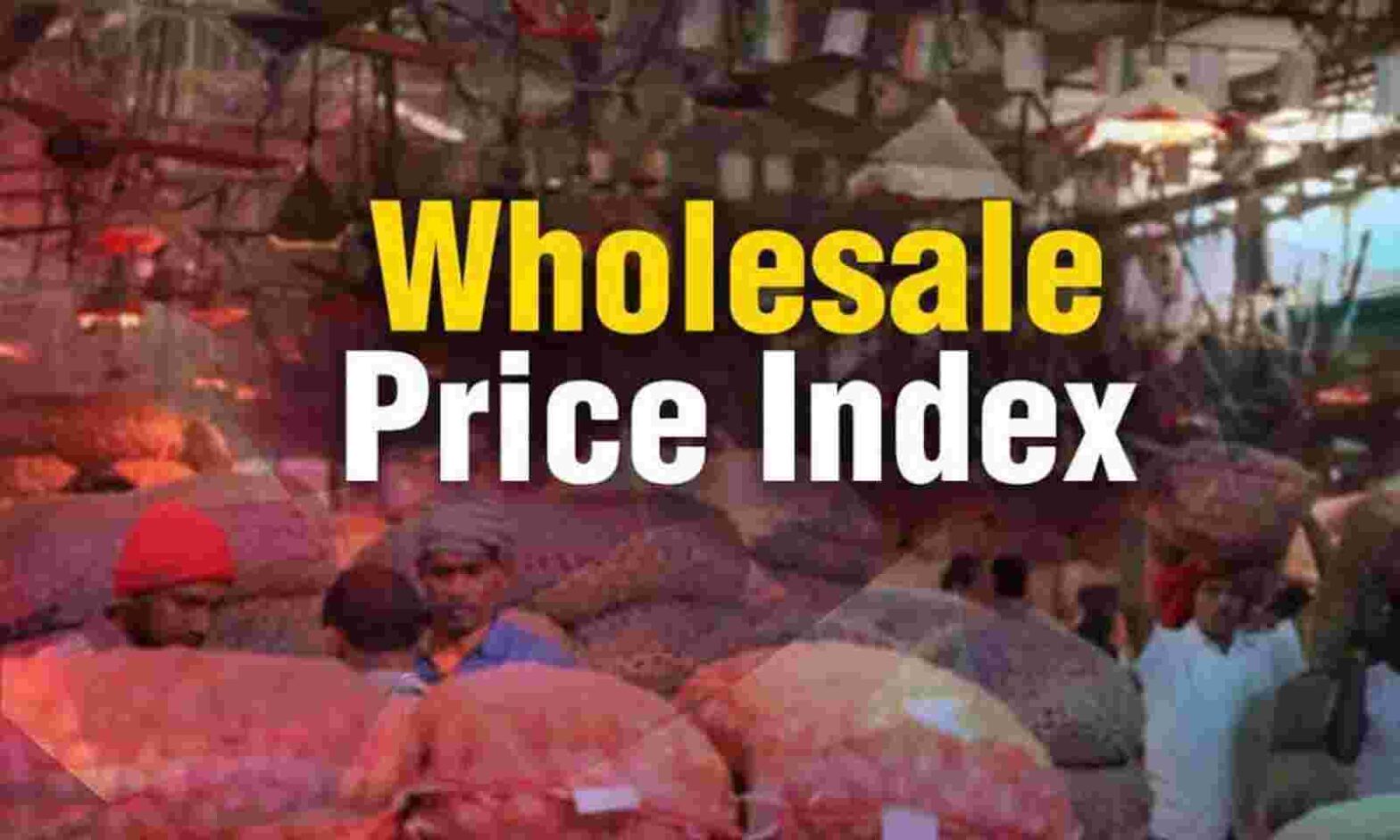
The Wholesale Price Index (WPI) is a critical economic indicator used to track the changes

The regulatory framework surrounding genetically modified (GM) crops in India has undergone significant updates with

The evolution of technology has made the world increasingly interconnected, and this connectivity has now
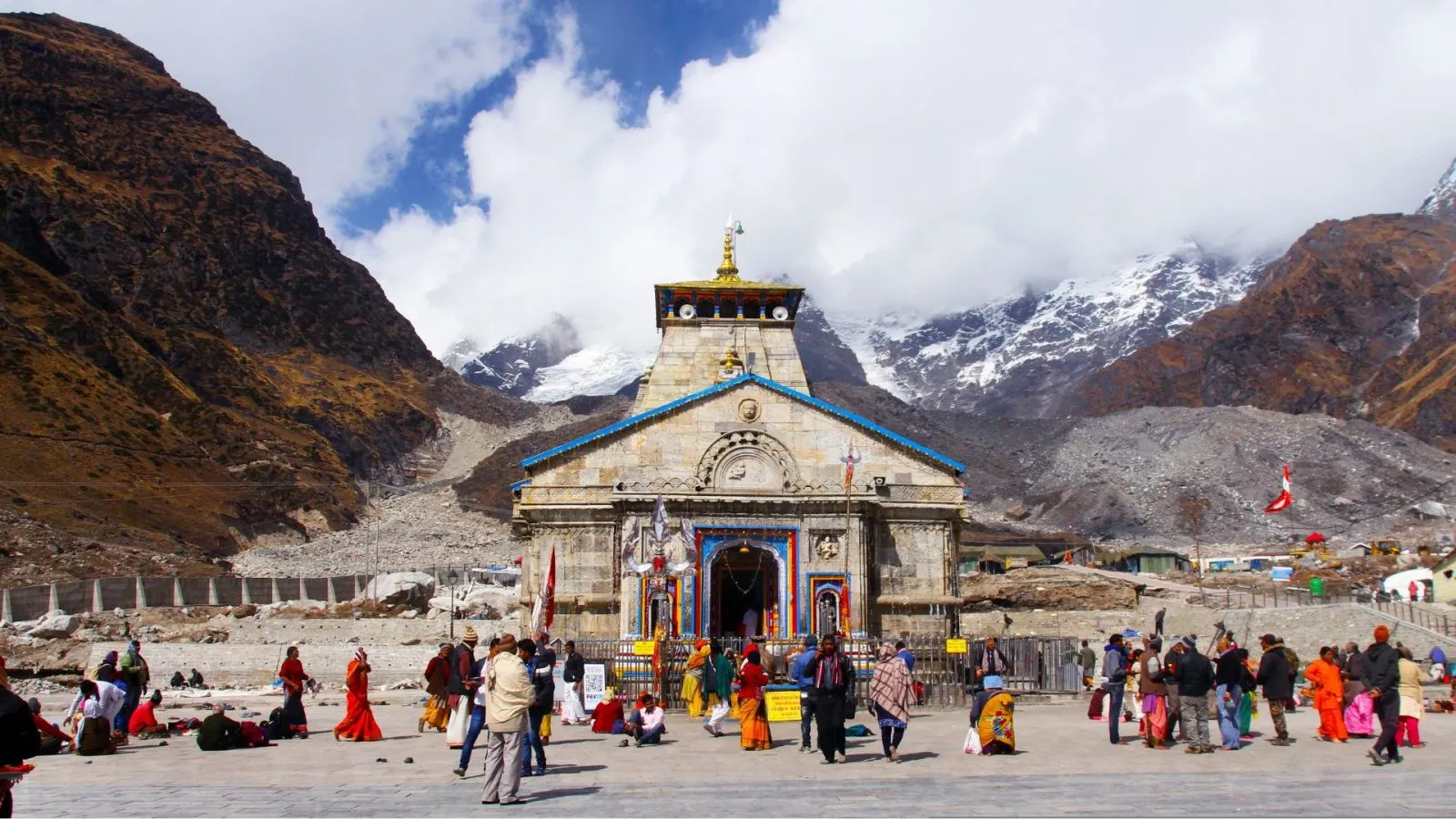
The Winter Char Dham refers to the pilgrimage centers in Uttarakhand where idols from the

Fertilizers are a cornerstone of India’s agricultural economy, ensuring productivity and food security for over

The termination of Russian gas transit through Ukraine marks a critical juncture in global geopolitics,
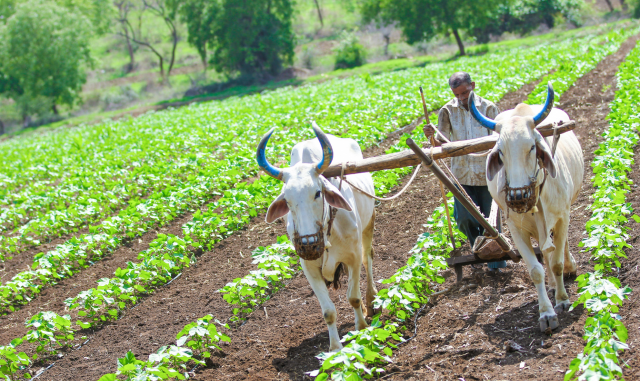
India’s agrarian economy is vulnerable to climate change, erratic weather, and natural calamities.

The prison system in India is governed by the Prisons Act of 1894 and the

The Tobacco Board of India is a statutory body established under the Tobacco Board Act,

1. Introduction to UDISE+ What is UDISE+? The United District Information System for Education (UDISE+)
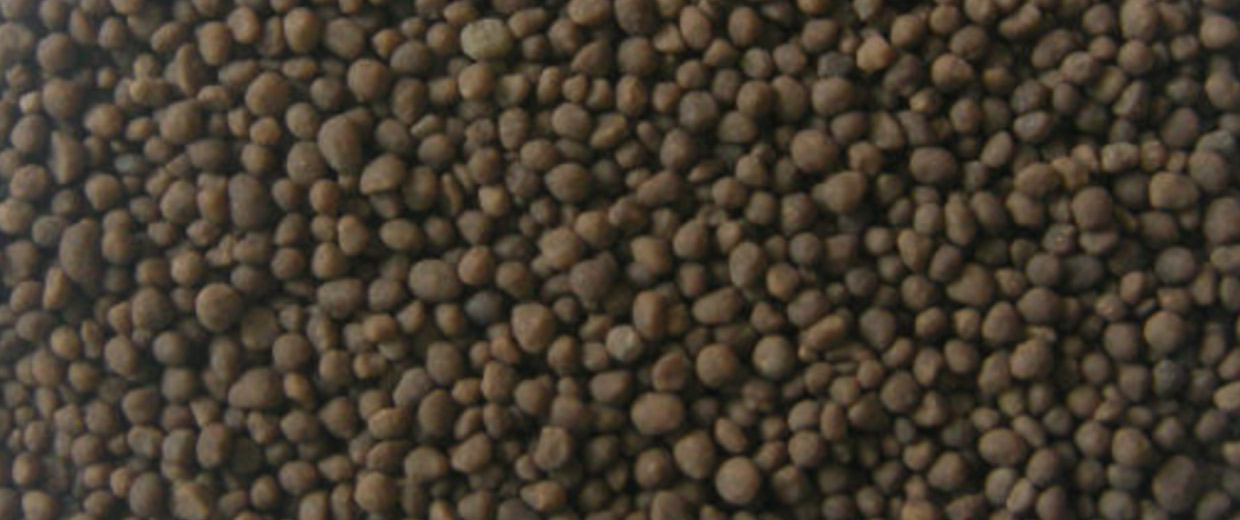
Di-Ammonium Phosphate (DAP) is a high-concentration phosphorus fertilizer. It is a water-soluble, nitrogen-phosphorus compound that
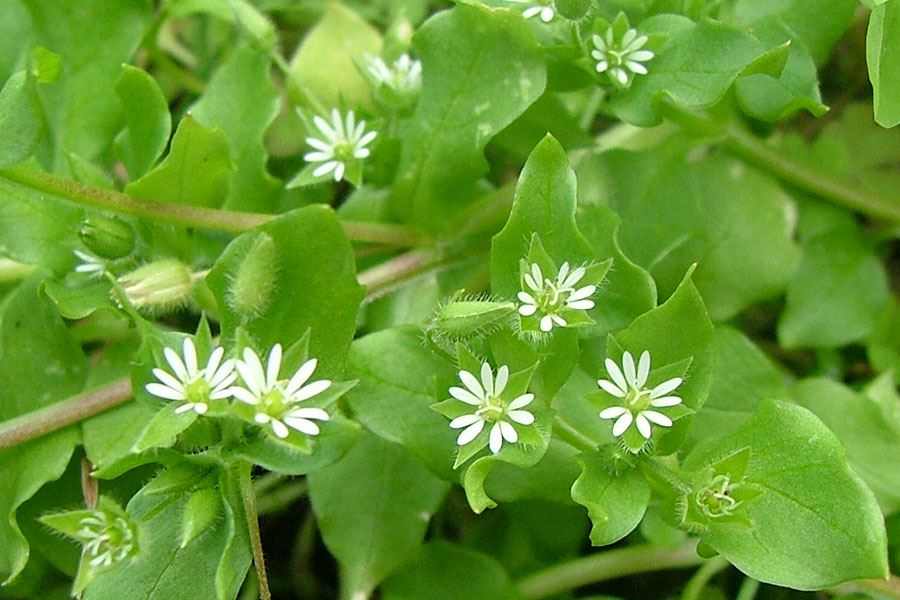
The study of flora, especially endemic and rare species, is an integral part of topics

The Shendurney Wildlife Sanctuary, nestled in the Western Ghats, is a treasure trove of biodiversity

The National e-Governance Awards are presented annually by the Government of India through the Department

The Central Ground Water Board (CGWB) is a scientific organization under the Ministry of Jal

The Brazilian Velvet Ant (scientific name: Dasymutilla spp.) is part of the Mutillidae family, which

Melatonin is a hormone that plays a crucial role in regulating sleep-wake cycles, also known

Banana cultivation holds a significant place in India’s agricultural economy.

Telegram CEO Pavel Durov Arrested in Paris on Serious Charges: A Comprehensive Guide for UPSC

The Supreme Court of India’s decision to grant bail to Bharat Rashtra Samithi (BRS) leader

Migration is a critical socio-economic phenomenon in India, driven by diverse factors such as employment

India’s foreign policy, guided by the principles of strategic autonomy, peaceful coexistence, and economic diplomacy,
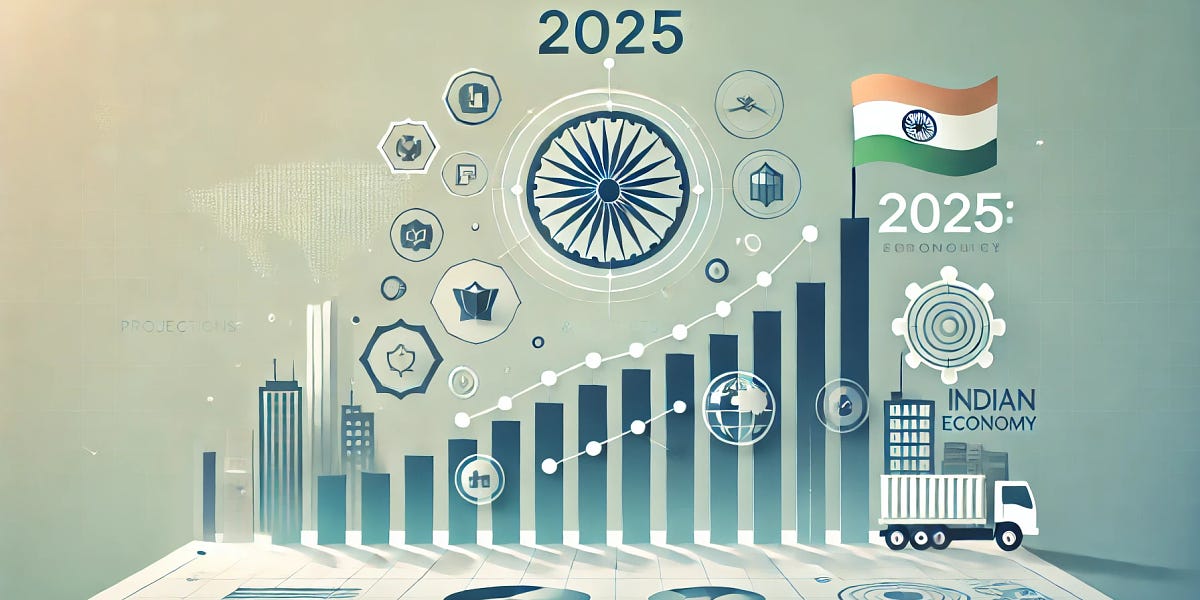
Inflation, the sustained rise in the general price level of goods and services, is a

Lothal, an important site of the Indus Valley Civilization, offers a fascinating glimpse into India’s

Dr. Manmohan Singh, one of India’s most renowned economists and former Prime Minister, is often

The Reserve Bank of India (RBI) recently constituted a panel to explore the adoption of

The Prime Minister’s Citizen Assistance and Relief in Emergency Situations (PM CARES) Fund has been

The trends in food expenditure are a crucial component of economic and social studies, offering

GPS Spoofing refers to the deliberate transmission of false GPS signals in order to deceive

The Sambar Deer (Rusa unicolor) is one of the largest deer species found in South

The Kamarajar Port, formerly known as Ennore Port, is one of India’s major ports and

Exercise SURYA KIRAN is a prominent joint military exercise conducted between India and Nepal.

The Teesta River, often referred to as the “Lifeline of Sikkim,” is one of the

PM-ABHIM is a centrally sponsored scheme designed to address the gaps in India’s healthcare system

The FREE-AI Committee (Framework for Responsible and Ethical AI) represents a critical step in addressing

The International Day of Epidemic Preparedness is observed every year on December 27 to highlight

The Denmark Strait Cataract is one of the most fascinating and least-known natural phenomena in

The Denmark Strait Cataract is one of the most fascinating and least-known natural phenomena in

The Real Effective Exchange Rate (REER) is a weighted average of a country’s currency relative

Helicobacter pylori is a Gram-negative, microaerophilic bacterium that resides in the stomach lining.
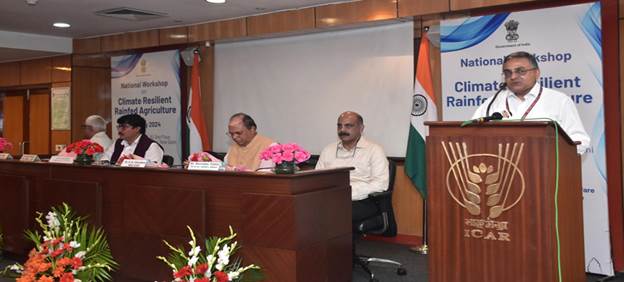
The National Rainfed Area Authority (NRAA) was established in 2006 as an advisory body under

The term “JIGYASA” translates to curiosity, which forms the cornerstone of this program.

The Coringa Wildlife Sanctuary is a mangrove forest ecosystem near the Godavari River delta, serving

Biodiversity credits are market-based instruments that assign monetary value to the preservation and restoration of

The Canary Islands, an archipelago off the northwest coast of Africa, is a region rich

The Upper Siang Hydropower Project is a proposed hydropower development on the Siang River, known

Sea otters (Enhydra lutris), native to the North Pacific Ocean, play a critical ecological role

The Household Consumption Expenditure Survey (HCES) is a critical statistical exercise conducted to understand the

LignoSat, an innovative satellite made from wood, represents a significant advancement in the realm of
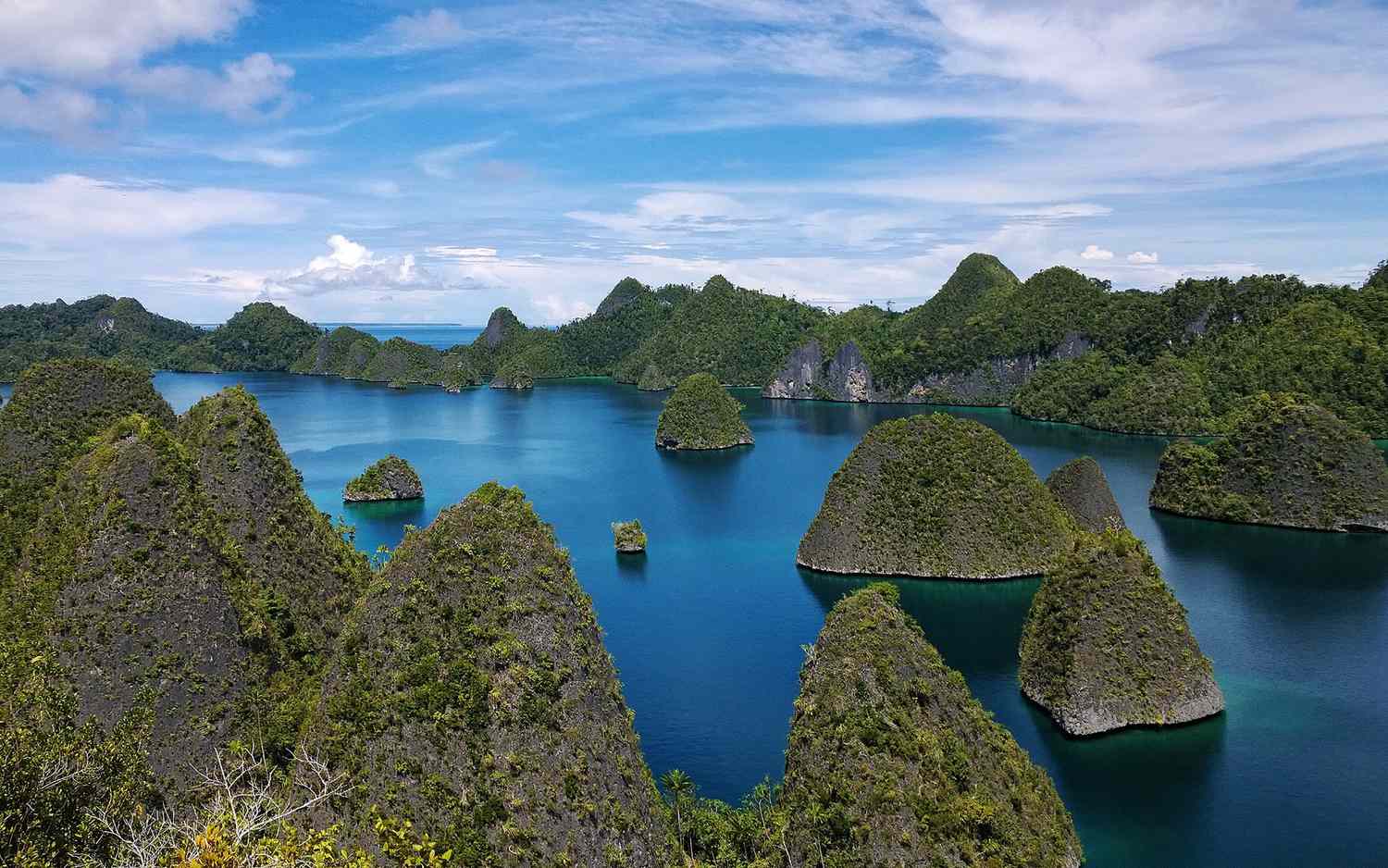
Papua New Guinea (PNG) is a fascinating country with a unique blend of natural beauty,

Iron Beam, an advanced laser-based air defense system, represents the future of modern warfare and

Alstonia scholaris, commonly known as the Blackboard Tree, Saptaparni, or Devil’s Tree, is a significant

Hydrogel is a term increasingly associated with advancements in science and technology, particularly in fields

Turtle Wildlife Sanctuaries are critical components of India’s wildlife conservation efforts, focusing on the protection

The Indian Green Building Council (IGBC) is an influential organization in India that promotes sustainable

A transponder is a key component in communication and electronic systems, especially in aerospace, satellite
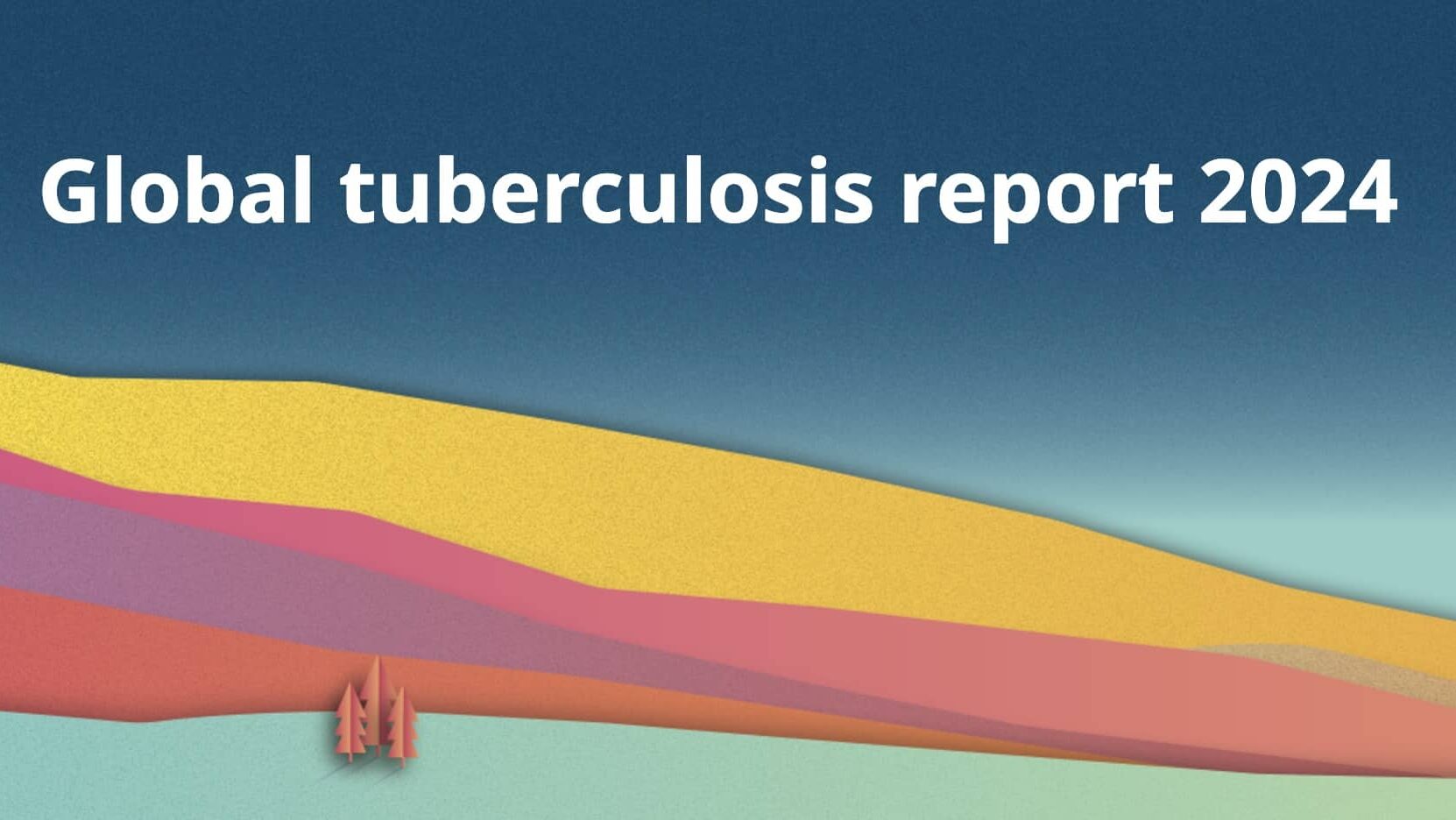
Tuberculosis is a bacterial infection caused by Mycobacterium tuberculosis, primarily affecting the lungs (pulmonary TB),

The universe is a vast, mysterious expanse filled with phenomena that challenge human understanding.

The Zero Debris Charter represents a global initiative aimed at addressing the increasing problem of

The Viksit Panchayat Karmayogi Initiative is a landmark program launched by the Government of India
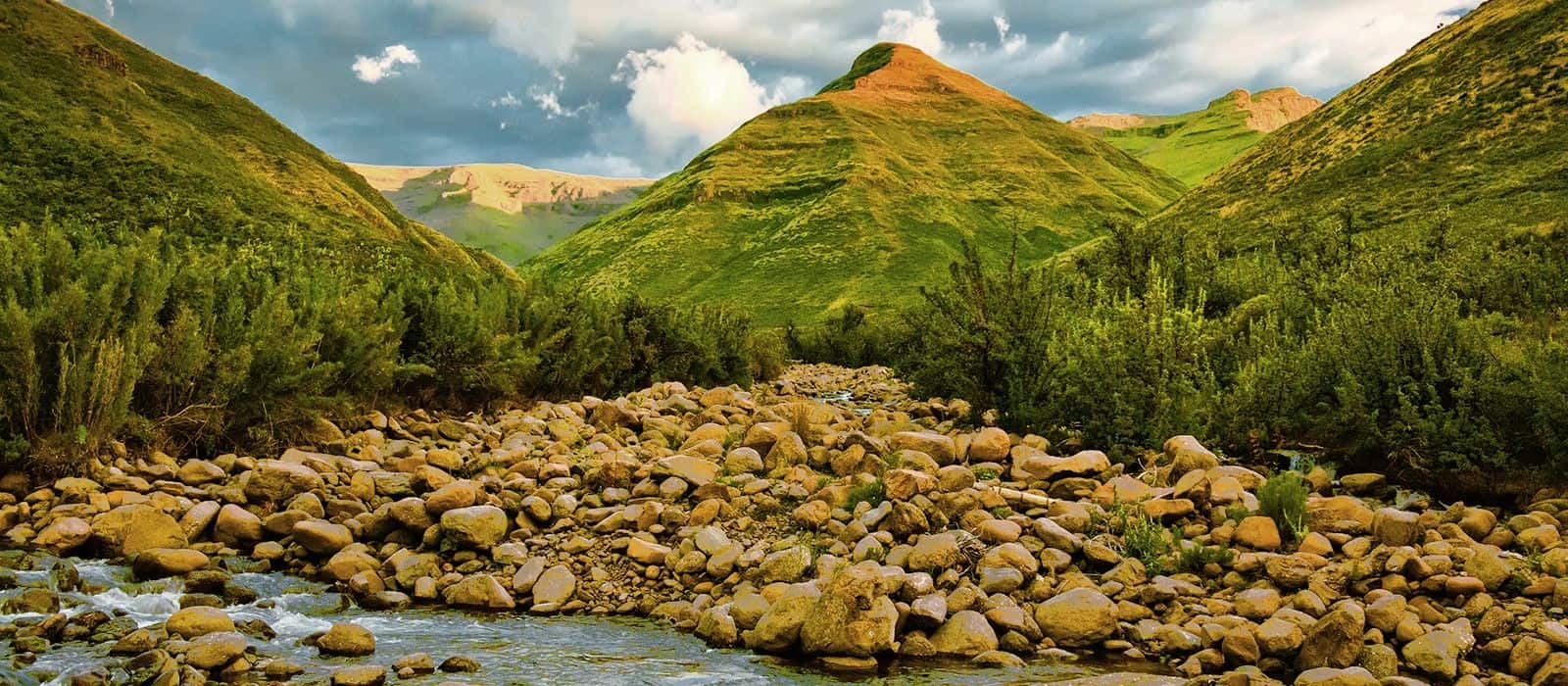
Lesotho, often referred to as the “Kingdom in the Sky,” is a small, landlocked country

Ocean Anoxic Event 1a (OAE 1a) refers to a significant geological and environmental episode that

Mammoths, the extinct relatives of modern elephants, are among the most iconic creatures of the

The Golden Visa Programme is a residency-by-investment initiative implemented by several countries worldwide to attract

Mitochondria are often referred to as the “powerhouses of the cell” because they generate energy

India has a rich and diverse fisheries sector encompassing marine, inland, and aquaculture systems.
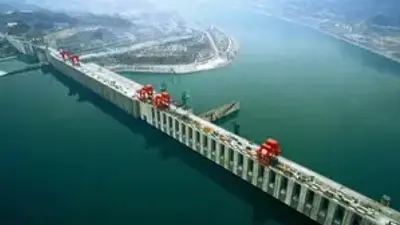
China’s ambitious hydropower project, known as the Three Gorges Dam, represents a massive infrastructural endeavor

In a historic and meaningful step, Prime Minister Narendra Modi has emphasized the importance of

India is a country of diverse cultures, languages, and geographies, where migration—both internal (domestic) and

The Ministry of Statistics and Programme Implementation (MoSPI) is a critical governmental body in India

Obstructive Sleep Apnoea (OSA) is a common but often undiagnosed medical condition that affects millions

India’s legal landscape has evolved over the years in response to social, political, and economic

The Ken-Betwa Link Project (KBLP) is a significant part of India’s ambitious National Perspective Plan

Quantum computing is an emerging and transformative field that promises to revolutionize industries ranging from
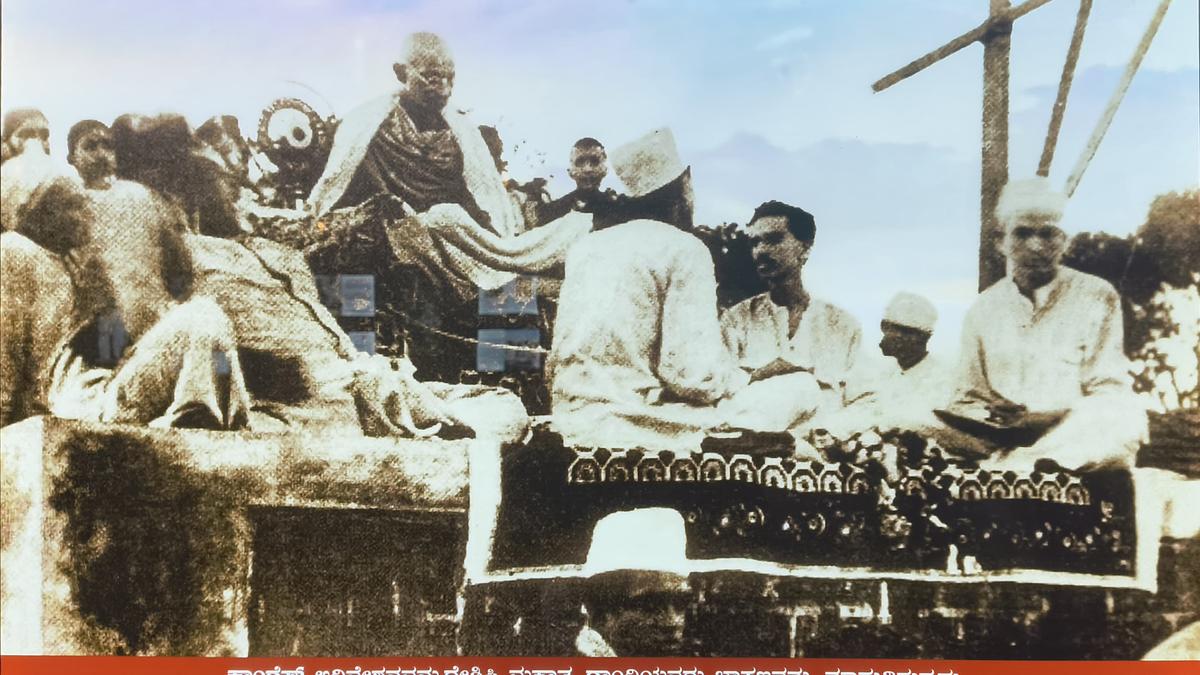
The 1924 Belgaum Congress Session holds significant importance in the history of the Indian freedom

The relationship between law enforcement agencies and citizens’ fundamental rights is a complex and evolving

In recent years, India has placed significant emphasis on boosting its self-reliance in critical sectors

Greenland, the world’s largest island, is a territory of Denmark situated in the North Atlantic

The California Ground Squirrel (Otospermophilus beecheyi), a small rodent native to western North America, is

The Lion-Tailed Macaque (Macaca silenus) is one of the most endangered primates in the world

The Annual Survey of Unincorporated Sector Enterprises (ASUSE) is a critical initiative undertaken by the

The Pradhan Mantri Rashtriya Bal Puraskar (PMRBP) is India’s highest civilian honor for children, recognizing

Archaea, one of the three domains of life, represents a group of single-celled microorganisms distinct

Quantum computing represents the frontier of modern technology, promising to revolutionize fields ranging from cryptography

Kilauea Volcano, located on the Big Island of Hawaii, is one of the most active

The office of the Governor is one of the pivotal constitutional positions in Indian polity.

The Sahitya Akademi Award is a literary honor given annually by the Sahitya Akademi, which
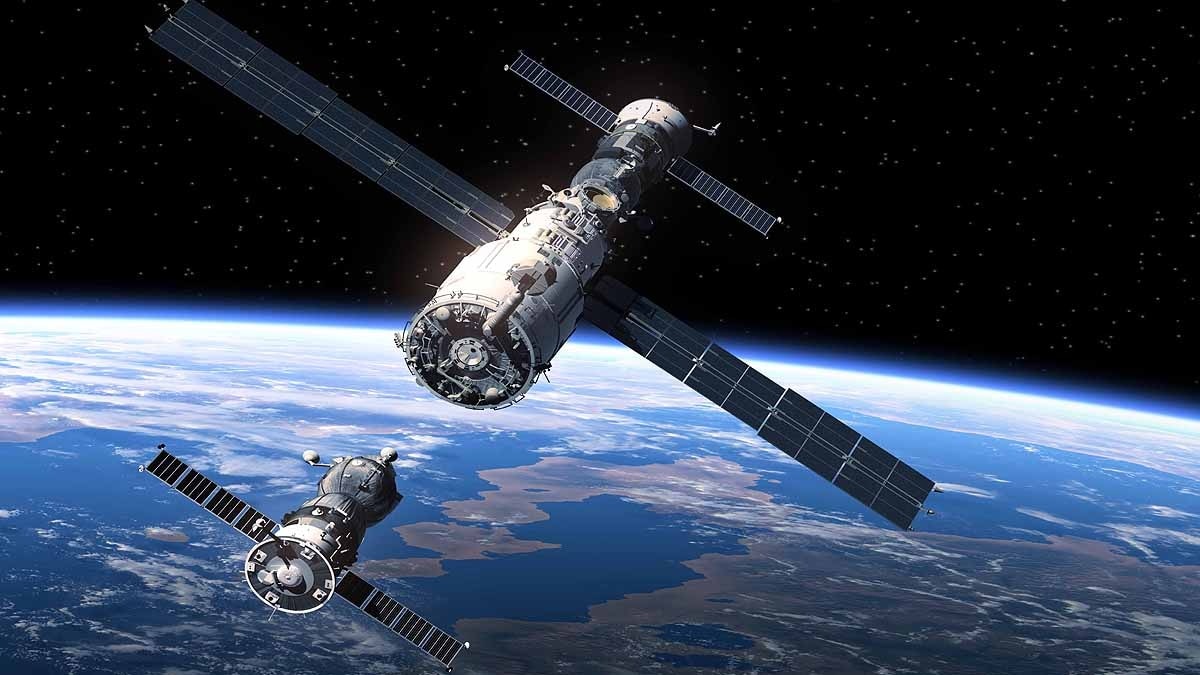
Space Docking refers to the process where two spacecraft rendezvous and physically connect in orbit.

The Panama Canal is a 82 km (51-mile) artificial waterway in Panama that cuts across

A speed gun is a handheld or mounted device used to measure the speed of

The Vice President of India holds a significant constitutional position, acting as the second-highest authority

A green deposit is a type of fixed deposit offered by financial institutions, wherein the

Simlipal Tiger Reserve (STR) is one of India’s premier tiger habitats, known for its rich

In the digital age, users interact with a wide range of platforms, from e-commerce websites

The Rann Utsav, celebrated annually in the white desert of Kutch, Gujarat, is a unique

Aerogels are fascinating materials that have captured the imagination of scientists, engineers, and innovators worldwide.

India’s security, disaster management, and strategic initiatives often involve intricate and well-coordinated operations.

Migration schemes play a crucial role in addressing global labor market needs, fostering international cooperation,

Mealworm larvae, the immature stage of the darkling beetle (Tenebrio molitor), are gaining prominence globally

With increasing dependence on digital technologies for healthcare solutions, the ‘Know Your Medicine’ App emerges

The Solomon Islands, a remote archipelago in the South Pacific, hold significant strategic, environmental, and
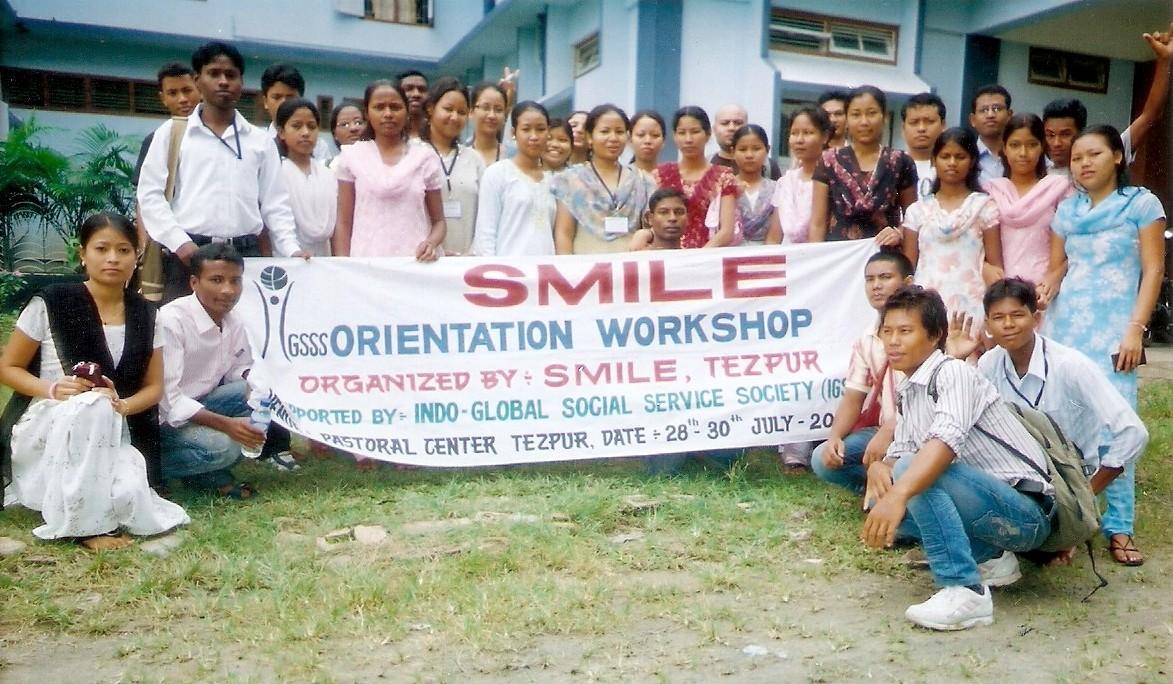
The SMILE (Support for Marginalized Individuals for Livelihood and Enterprise) Programme is an initiative of

Diseases play a significant role in public health, economic development, and societal well-being.

Advancements in genetic research have transformed our understanding of biology, medicine, and agriculture.

Free Trade Agreements (FTAs) are crucial instruments of international trade that aim to facilitate economic

In recent years, advancements in construction technologies have revolutionized the way infrastructure is planned, executed,

The Denali Fault is a major geological feature in Alaska, United States, known for its
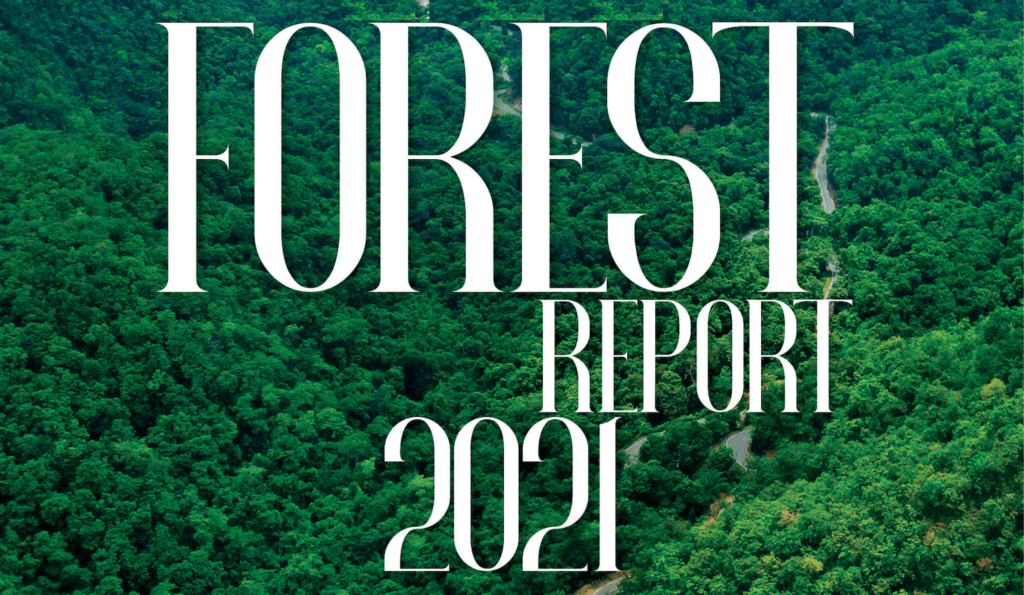
The India State of Forest Report (ISFR) is a comprehensive biennial publication by the Forest

Hydroxychloroquine (HCQ) gained worldwide attention during the COVID-19 pandemic as a potential treatment.

Quantum satellites represent a leap in the fields of secure communication, cryptography, and quantum computing.

India’s governance framework rests not only on its three traditional branches—executive, legislature, and judiciary—but also

India and Kuwait, with a shared history of economic, cultural, and diplomatic ties, have recently

In an era marked by rapid technological advancements, concerns over privacy, security, and surveillance have

The value of the Indian Rupee (INR) against the US Dollar (USD) is a critical

The Government of India’s recent amendment to election rules, which restricts access to certain poll

The India State of Forest Report (ISFR) 2023 is a vital document released by the

The Ganges River Dolphin, also known as the Susu (Platanista gangetica), is one of the

The interplay between global monetary policy, particularly the US Federal Reserve’s guidance, and the value

The Supreme Court of India’s ruling declaring coconut oil as an edible oil has significant

The reimposition of the Protected Area Permit (PAP) in the northeastern states of Manipur, Nagaland,

Subsidies play a critical role in the economic and social development of a country, ensuring

As the world becomes increasingly reliant on technology, cybersecurity threats have emerged as critical concerns

Varmam Therapy is a unique and ancient Indian healing practice rooted in Tamil Nadu’s traditional

Calyptocephallela gayi, commonly known as the Chilean Giant Frog or Helmeted Water Toad, is a

The Eastern Maritime Corridor is envisioned as a key infrastructure initiative designed to enhance India’s

The National Green Tribunal (NGT) is a specialized judicial body in India, established for the

India’s reservation system is one of the most debated and significant features of its social

The Uniform Civil Code (UCC) remains one of the most debated and contentious issues in

India-Sri Lanka relations are shaped by geographical proximity, shared cultural heritage, and mutual strategic interests.

The climate of India is heavily influenced by global climatic phenomena, one of which is

Greenwashing, a term coined to describe the act of misleading the public about the environmental

Exercise SLINEX is a bilateral naval exercise between the Indian Navy and the Sri Lankan

Idiopathic Pulmonary Fibrosis (IPF) is a chronic, progressive lung disease characterized by the thickening and

The Credit Guarantee Scheme for e-NWR (electronic Negotiable Warehouse Receipt) based pledge financing is a

Morocco, located in the northwestern corner of Africa, is a country of great historical, cultural,

The CHARAK Initiative is an innovative program aimed at enhancing healthcare delivery, particularly in remote

The CPTPP is a multilateral free trade agreement that evolved from the Trans-Pacific Partnership (TPP)

The judiciary in India is an independent and impartial institution, fundamental to upholding the rule

Understanding chemical compounds and their applications is essential for UPSC aspirants, particularly those preparing for

India’s maritime strength is a cornerstone of its strategic capabilities, with the Indian Navy playing

India, often referred to as the “diabetes capital of the world,” has been grappling with

Learn about the CE20 cryogenic engine, its development, working principles, and strategic importance for India’s
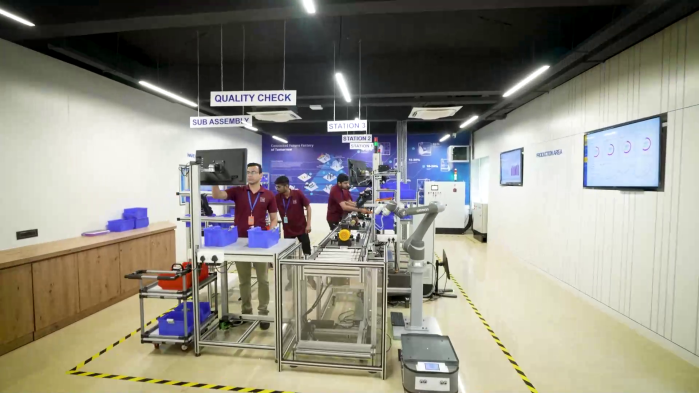
Explore the SAMARTH Udyog Bharat 4.0 initiative, aimed at transforming India’s manufacturing sector with Industry
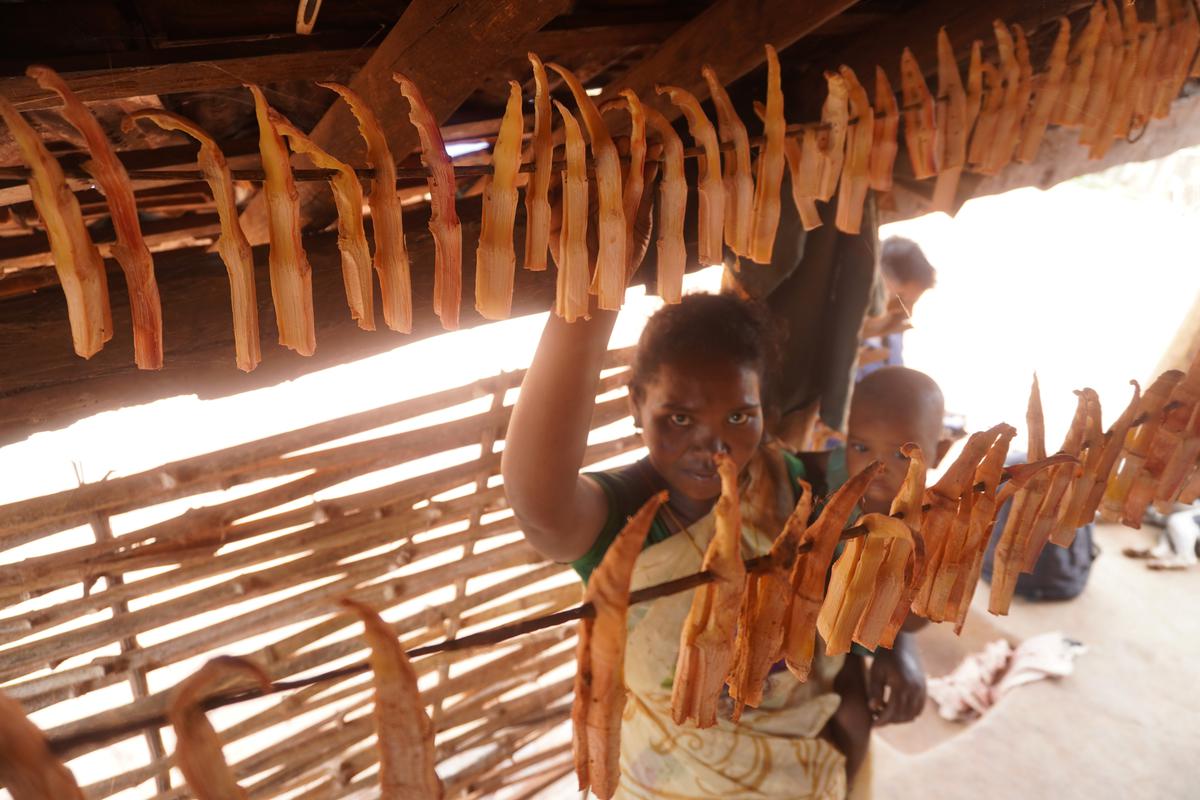
Explore the culture, history, and challenges of the Konda Reddi tribe, offering key insights for
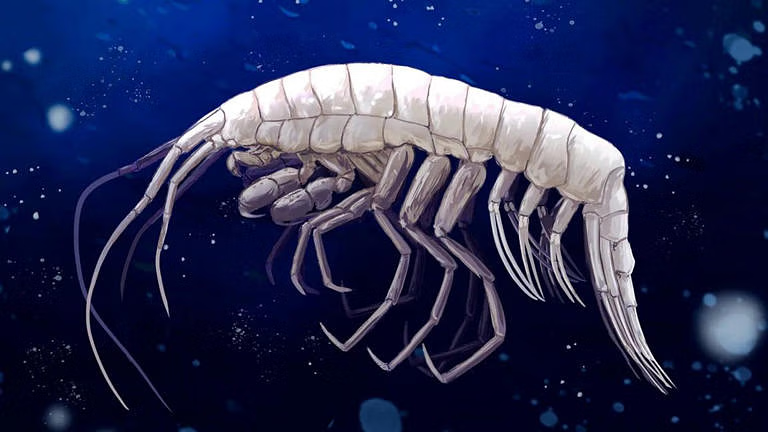
Ecological importance, habitat, and conservation challenges of Dulcibella camanchaca, a unique moth species, essential for

Learn about the DAE Homi Bhabha Chair Scheme, a prestigious initiative fostering nuclear research excellence

Explore the Malwa Canal Project’s history, objectives, and impact on irrigation, agriculture, and rural development

xplore the history, architecture, and strategic importance of Durgadi Fort in Maharashtra. A key site

Explore Sultanpur National Park’s rich biodiversity, migratory birds, and conservation efforts. A vital wetland ecosystem
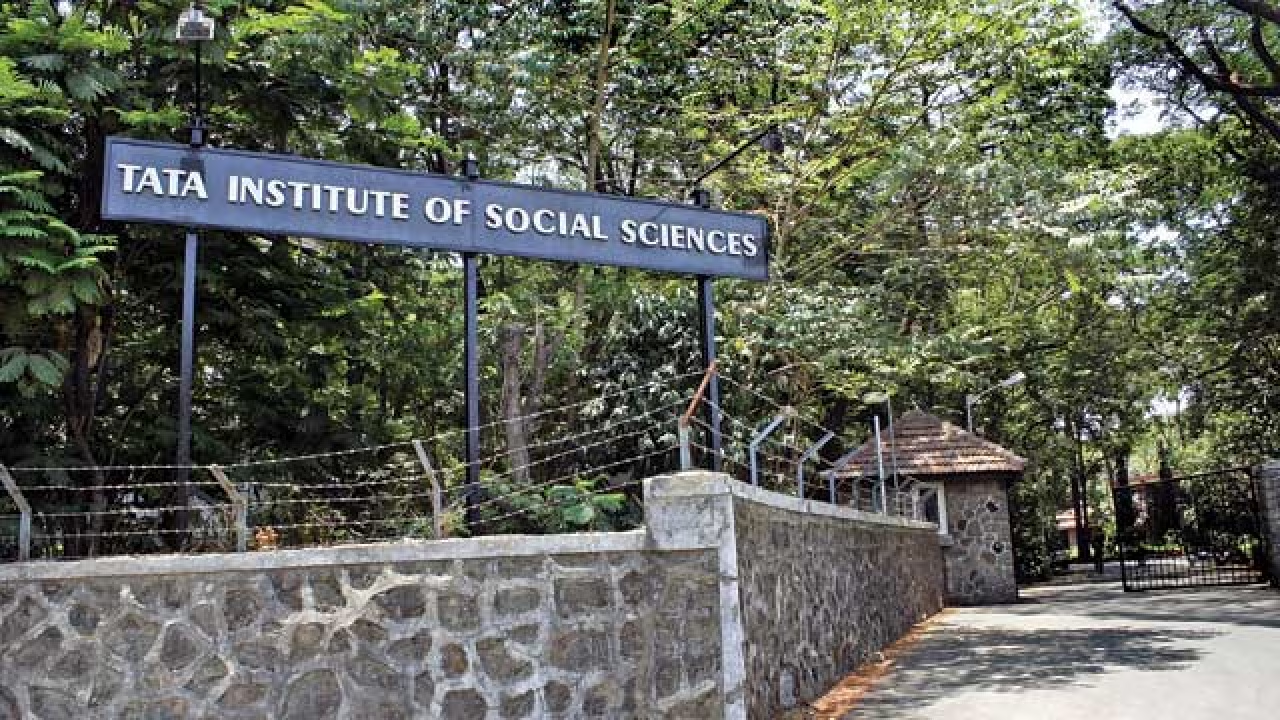
Explore Tata Institute of Social Sciences (TISS), a leading institution in social work, social sciences,

Kaleshwaram Lift Irrigation Project (KLIP) – A Comprehensive Overview The Kaleshwaram Lift Irrigation Project (KLIP)

PM outlines 11 key resolutions in the ongoing Constitution debate, emphasizing reforms, democracy, and national

Explore the potential future of Syria after Assad’s exit, focusing on political, social, and economic

The impeachment of South Korea’s President Yoon Suk Yeol has stirred political debates. Explore the

Explore India’s NPA crisis: causes, impact on the economy, government measures, and innovative solutions for

India’s maritime infrastructure is a critical component of its economic growth and global connectivity.

Tungsten, also known as Wolfram (symbol W, atomic number 74), is a critical metal with

Lothal, an important archaeological site of the Indus Valley Civilization (IVC), holds immense significance for

Notre-Dame Cathedral, one of the most iconic structures in the world, is a masterpiece of

Aortic stenosis is a medical condition that has significant implications for public health, healthcare policies,

Bromalites are fascinating trace fossils that offer a glimpse into the diets and digestive processes

The evolution of corporate laws in India has brought about significant reforms, aiming to enhance

The study of stars and celestial bodies is an essential aspect of understanding the universe

Exercise AGNI WARRIOR is a bilateral military exercise between the armies of India and Singapore.

Lonar Lake, located in the Buldhana district of Maharashtra, is one of India’s most remarkable

Moths are fascinating insects that play crucial ecological roles as pollinators, prey, and indicators of

Crohn’s Disease is a chronic inflammatory condition that primarily affects the digestive tract, falling under

The Arctic, often referred to as the planet’s “air conditioner,” plays a critical role in

Air quality is a pressing concern globally, with urbanization, industrialization, and vehicular emissions leading to

The GenCast Model represents a cutting-edge framework for predictive analytics, commonly applied in fields such

The Athlete Biological Passport (ABP) is a cutting-edge anti-doping tool employed in modern sports to

Learn about the Shortfin Mako Shark, its habitat, behavior, conservation status, and role in marine
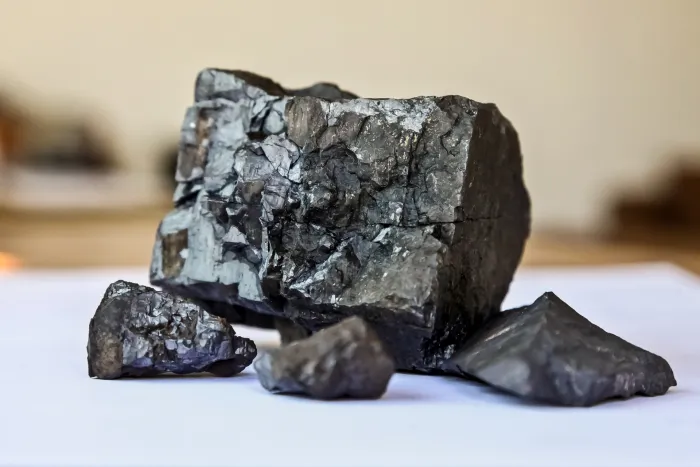
Explore key facts about manganese, including its industrial uses, biological importance, sources, and significance in

Discover the India AI Future Skills Platform, empowering individuals with AI training, certifications, and job

Discover key facts about the Malayan Night Heron, including its habitat, behavior, diet, and conservation

Explore key facts about Chakki River, its geography, ecology, and significance. Essential insights for UPSC

Discover the Dark Eagle Anti-Missile System, a hypersonic defense technology redefining global security, strategy, and
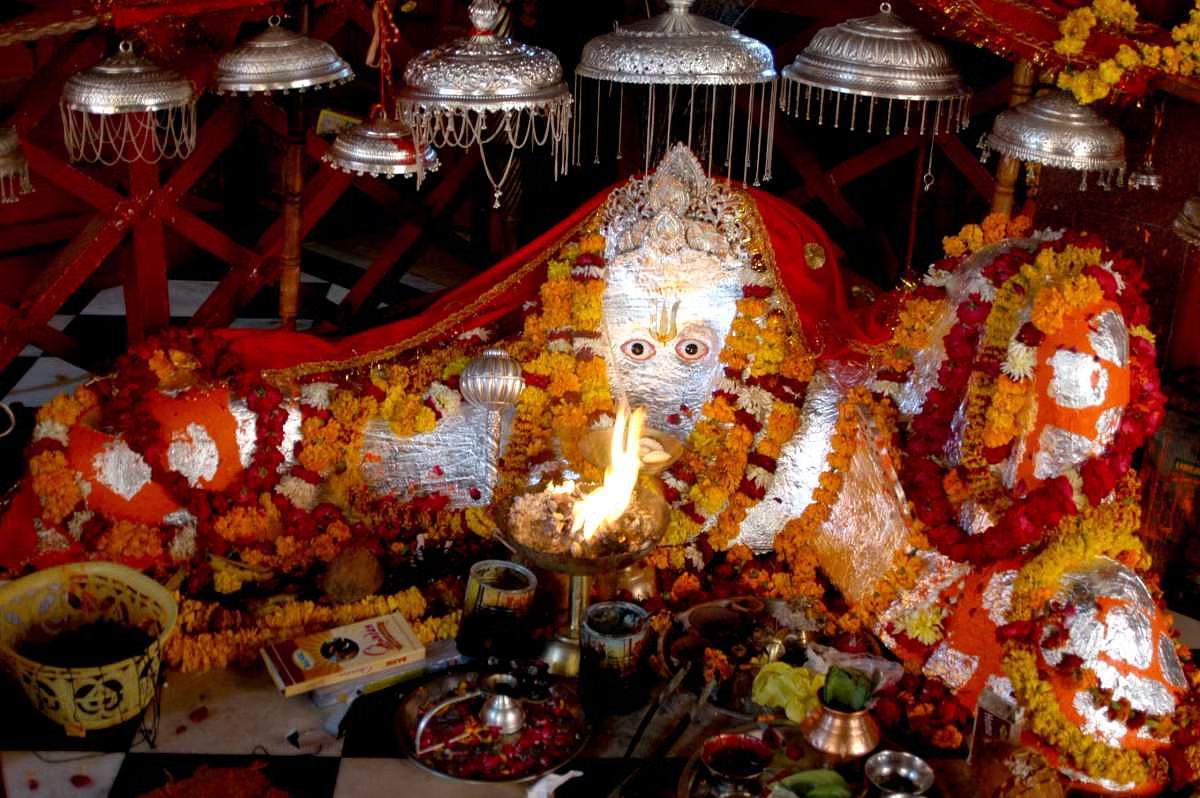
Explore Pandupol Hanuman Temple, a blend of mythology, history, and nature. Located in Sariska Tiger

Explore D’Ering Memorial Wildlife Sanctuary’s biodiversity, geography, and conservation significance. A must-read for UPSC aspirants

Air pollution is a critical environmental issue that has severe implications for public health, the

The Places of Worship (Special Provisions) Act, 1991 is a significant piece of legislation in

In an era defined by global interconnectedness and rapid advancements in science, one of the

The Disaster Management (Amendment) Bill, 2024, introduced in the Lok Sabha, aims to refine the

India’s journey as a space-faring nation is a remarkable story of determination, innovation, and the

Gene therapy has emerged as a groundbreaking solution in the field of medical science, offering

The Lok Sabha recently approved the Railways (Amendment) Bill, 2024, marking a significant legislative step

The World Malaria Report 2024, released by the World Health Organization (WHO), provides a comprehensive

The term “ghost gun” has gained global attention in recent years due to its implications

The Reserve Bank of India (RBI), as the central banking institution, plays a crucial role

The International Fund for Agricultural Development (IFAD) is an international financial institution and a specialized

Chinnaswami Subramania Bharati, widely known as Subramania Bharati, was one of the most prominent Indian

Introduction The India Skills Report (ISR) 2025 is a significant document that provides valuable insights

In India, the taxation system is a fundamental part of the economy, and as such,

In the contemporary world, the phrase “AgeXtend” refers to products or practices designed to slow

In an era marked by climate change, environmental degradation, and rapid urbanization, the need for
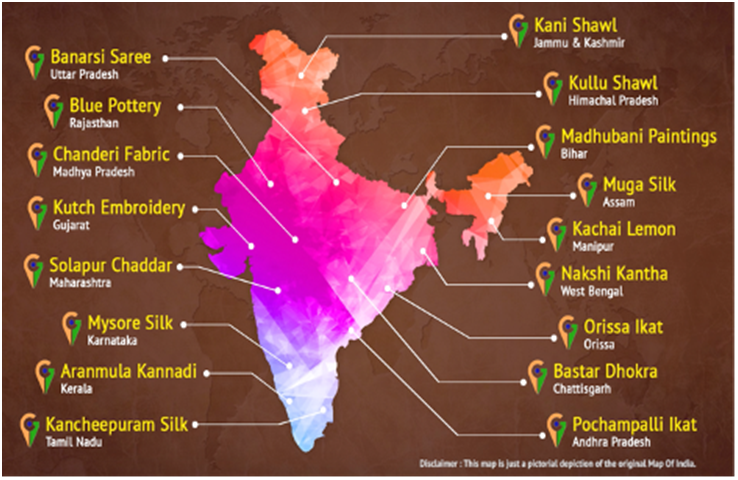
In the age of globalization, where mass production and consumerism often lead to a homogenization

In today’s world, the proliferation of Internet of Things (IoT) devices and the demand for

The radioactive diamond battery is an innovative technology that has the potential to transform the

The Consumer Confidence Survey (CCS) is a vital instrument for assessing public perception of economic

The power to pardon is a constitutional prerogative vested in the heads of state in

Snakebites are a significant public health issue in India, causing thousands of deaths and disabilities

The judiciary is a cornerstone of democracy, tasked with upholding the rule of law and
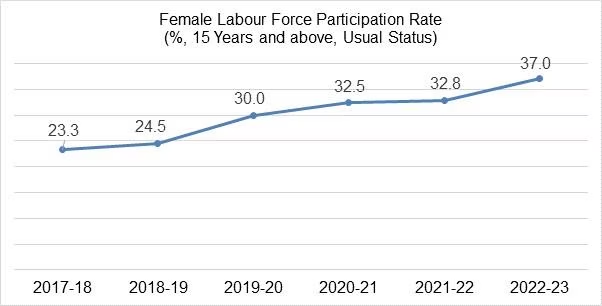
The Female Labour Force Participation Rate (FLFPR) is a critical metric that reflects the economic

India’s journey into space exploration is a testament to its scientific innovation, technological advancements, and

The Laysan Albatross (scientific name: Phoebastria immutabilis) is a large seabird primarily found in the

The Anamalai Tiger Reserve (ATR) is one of India’s significant protected areas, known for its

Kawasaki Disease (KD), also known as Kawasaki Syndrome, is an acute inflammatory condition that primarily

Sacred groves are patches of forested areas traditionally protected by local communities due to their

The Jhelum River, a vital waterway in the Indian subcontinent, holds immense historical, geographical, cultural,

The Indira Gandhi Peace Prize, officially known as the Indira Gandhi Prize for Peace, Disarmament,

The Nicobarese are one of the indigenous tribes of the Nicobar Islands, an archipelago in
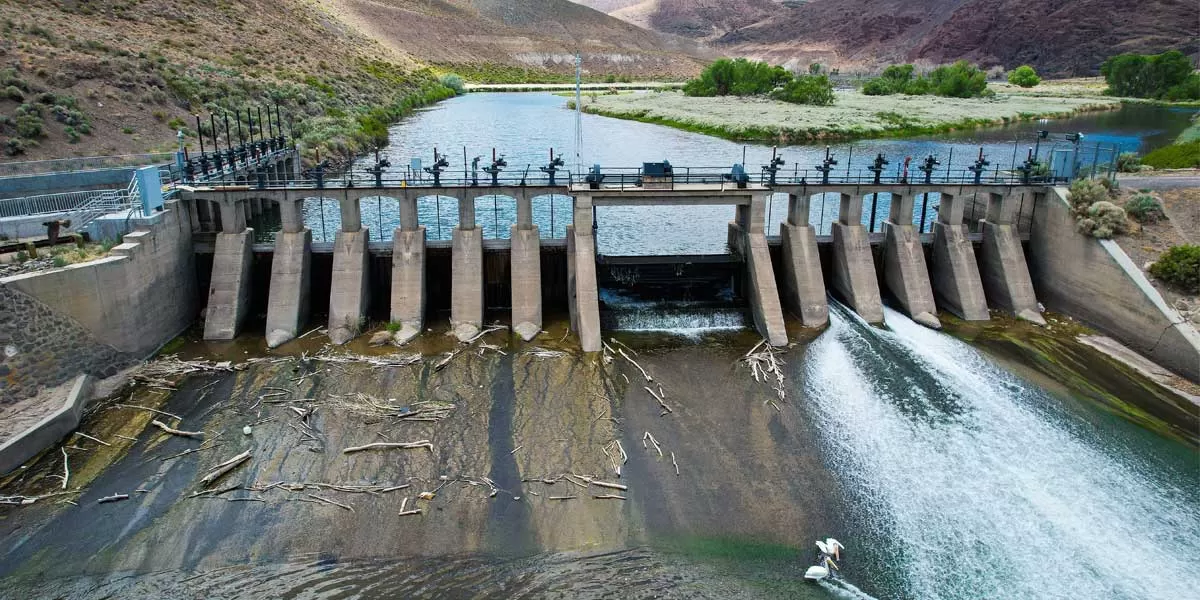
The Khorlochu Hydropower Project in Bhutan is an example of sustainable energy production in the

The Markhor (Capra falconeri), known as the “screw-horn goat,” is one of the most iconic

The Small and Medium Enterprises (SME) Initial Public Offering (IPO) market has gained prominence in
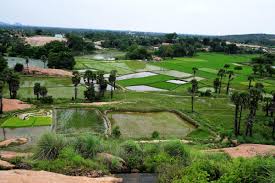
Tungsten, a critical strategic metal, has gained attention in India due to its increasing demand

The Syrian Civil War, which began in 2011 as part of the broader Arab Spring

The Nicobarese are one of the indigenous groups inhabiting the Nicobar Islands, located in the

The Oilfields (Regulation and Development) Amendment Bill, 2024, represents a significant step in India’s energy

Droughts have historically posed significant challenges to agriculture, water resources, and ecosystems, especially in regions

The Punatsangchhu-II Hydropower Project (P-II HEP) is one of the most significant hydropower ventures in

India, with its vast and diverse population, faces the dual challenge of enhancing employability and

The Indian National Trust for Art and Cultural Heritage (INTACH) is one of the most

Located in the picturesque state of Assam, the Sonai-Rupai Wildlife Sanctuary is a haven for
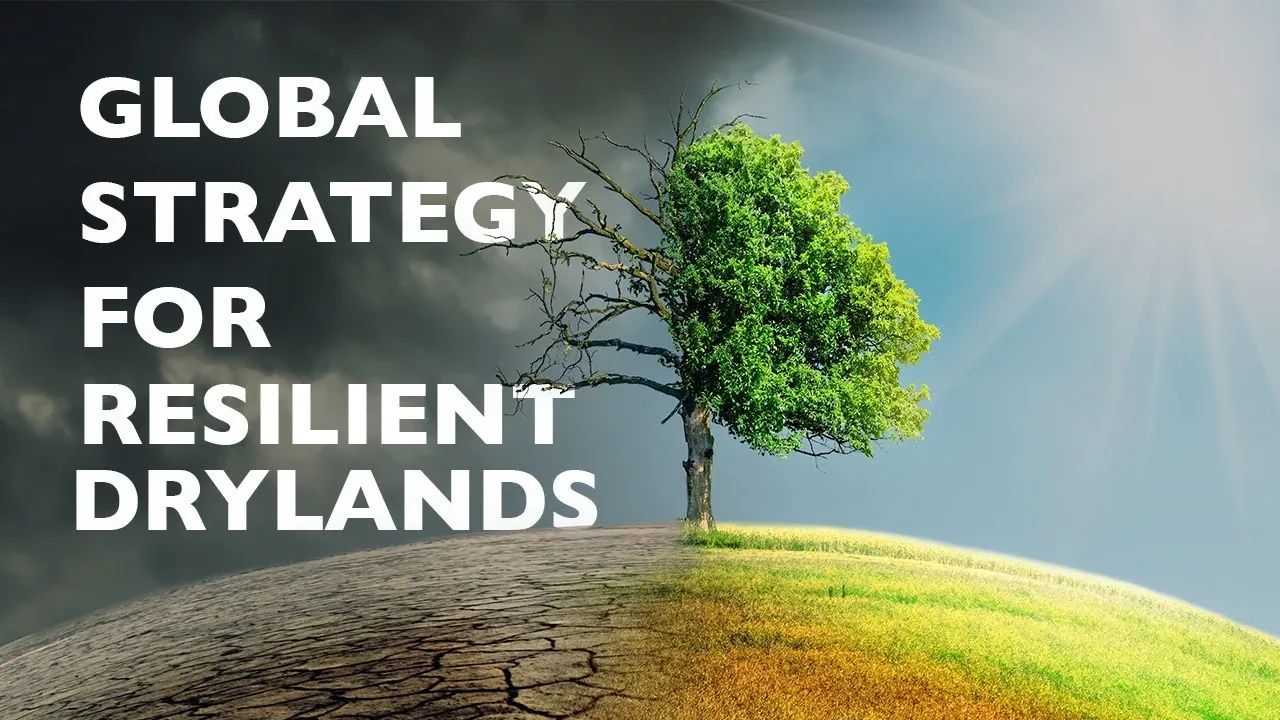
Drylands, characterized by arid, semi-arid, and dry sub-humid regions, cover approximately 41% of the Earth’s

In today’s interconnected world, submarine cables form the backbone of global communication and data transfer.

Lake-effect snow is a fascinating weather phenomenon that occurs when cold air masses move over

The Hornbill Festival, often referred to as the “Festival of Festivals,” is a week-long celebration

The collapse of a government can often serve as a turning point in a country’s

The Hornbill Festival of Nagaland is one of the most prominent cultural festivals of India,

Here’s an overview of recent key announcements by the Reserve Bank of India (RBI) from

India’s judiciary, particularly the Supreme Court, has long been grappling with a significant backlog of

India’s Pro-Active Governance and Timely Implementation (PRAGATI) is a pioneering e-governance platform designed to improve

The Atmanirbhar Clean Plant Programme (ACPP) is a pioneering initiative by the Government of India

The International Day of Persons with Disabilities (IDPD) is observed annually on December 3 to

Chronic Pulmonary Aspergillosis (CPA) is a long-term fungal infection caused by the Aspergillus species, particularly

Pro-Active Governance and Timely Implementation (PRAGATI) is a unique, multi-purpose, and multi-modal governance platform designed

The National Housing Bank (NHB) is the apex financial institution in India established to promote

Jim Corbett National Park, established in 1936, is the oldest national park in India.

Exercise Harimau Shakti is a bilateral military exercise between India and Malaysia.

The Asia-Oceania Meteorological Satellite Users’ Conference was established to foster collaboration and information exchange among

Food safety and public health are integral to the governance of any nation.
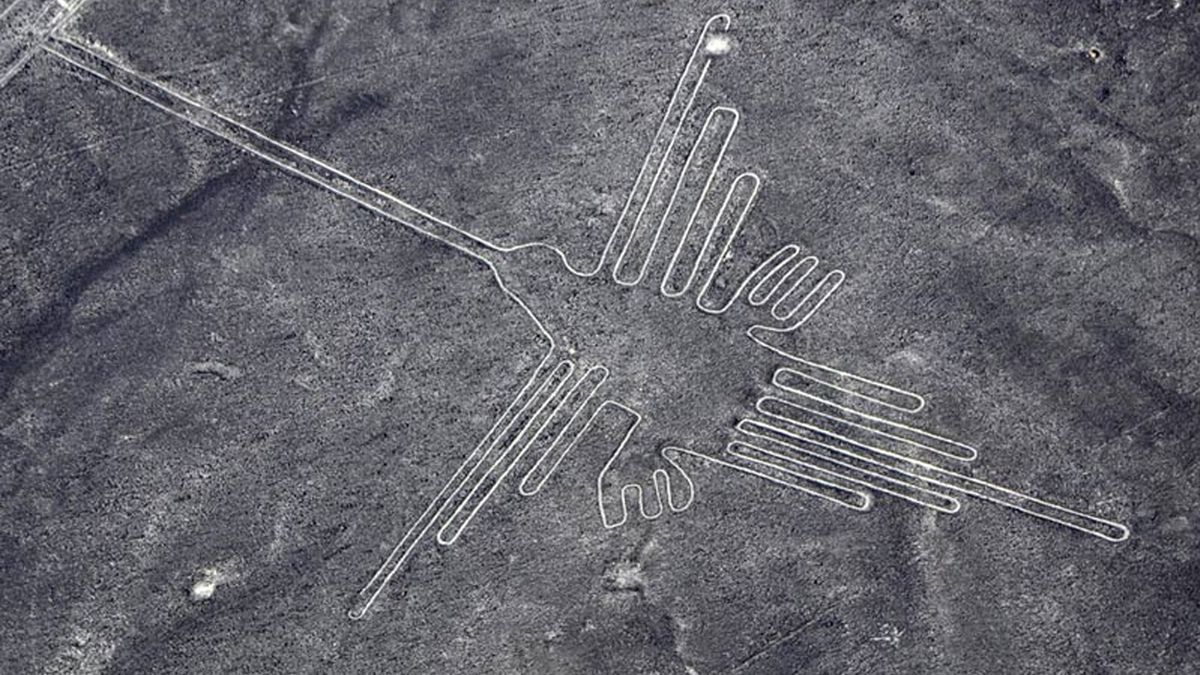
The Nazca Lines are one of the most fascinating and mysterious cultural heritage sites in

The concept of Global One-Stop Centres (OSCs) stems from efforts to provide holistic, survivor-centric support
Amoghavarsha IAS/KAS Academy was founded in 2014 since from their we have been excellence in the field of civil Service examination preparation and state services. The Academy is completely dedicated to provide excellent quality education by experts and bringing innovations etc.
Copyright © 2014 – 2024 Amoghavarsha IAS Academy. All Rights Reserved
Developed & Maintained by BIGGSITE– Manikanta G.V
Amoghavarsha E Magazine
Current Affairs ( Prelims )
UPSC
KPSC